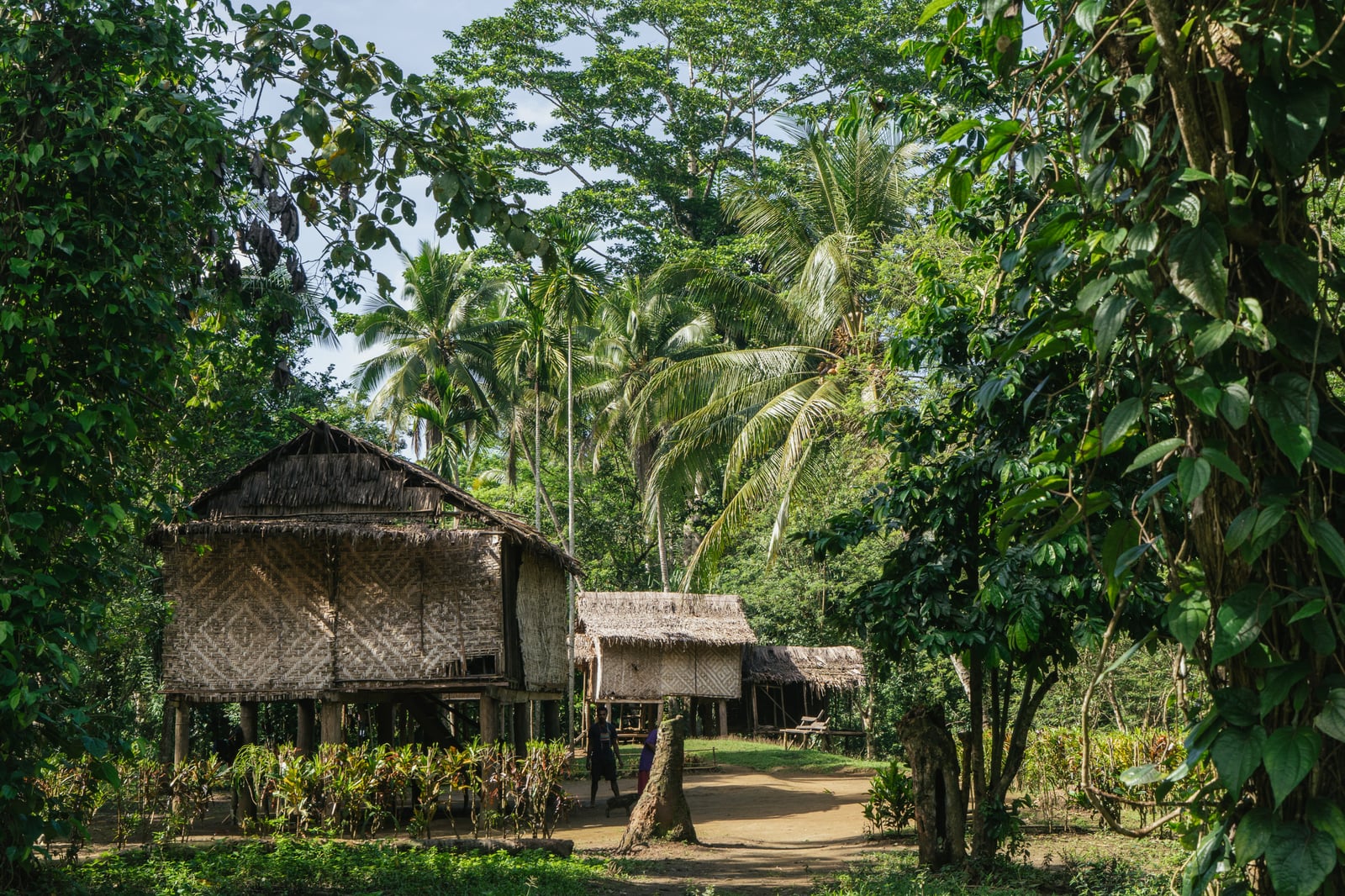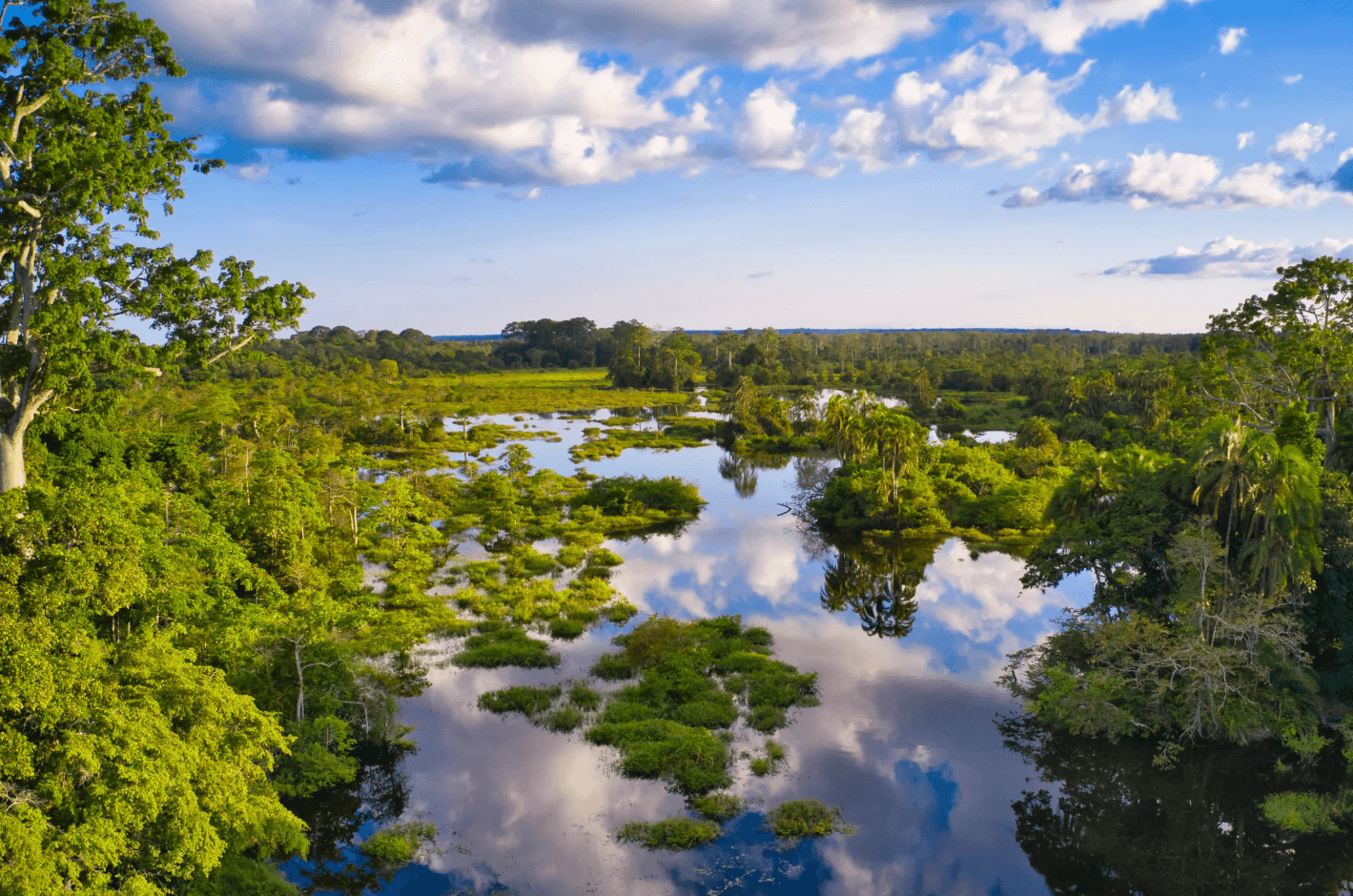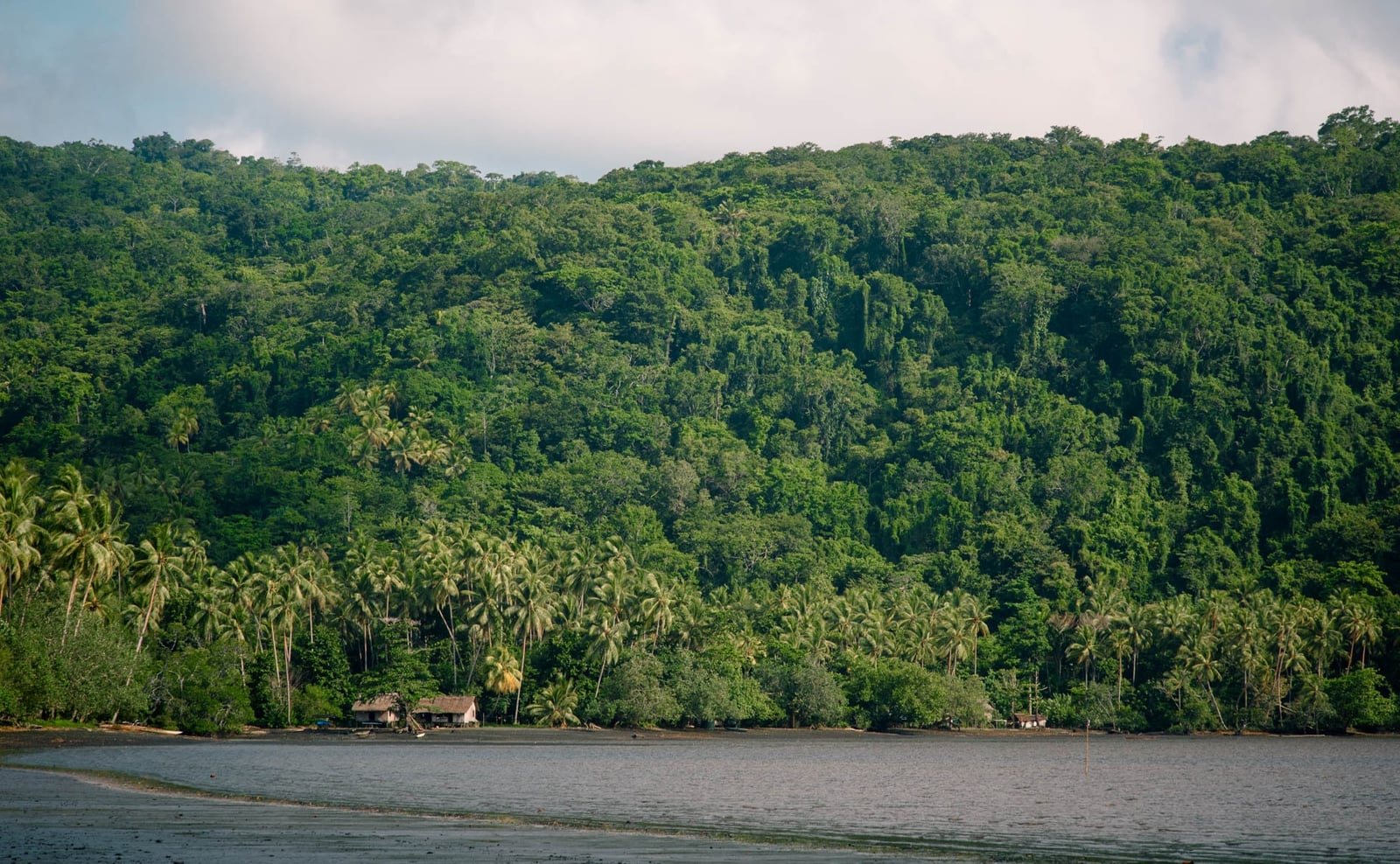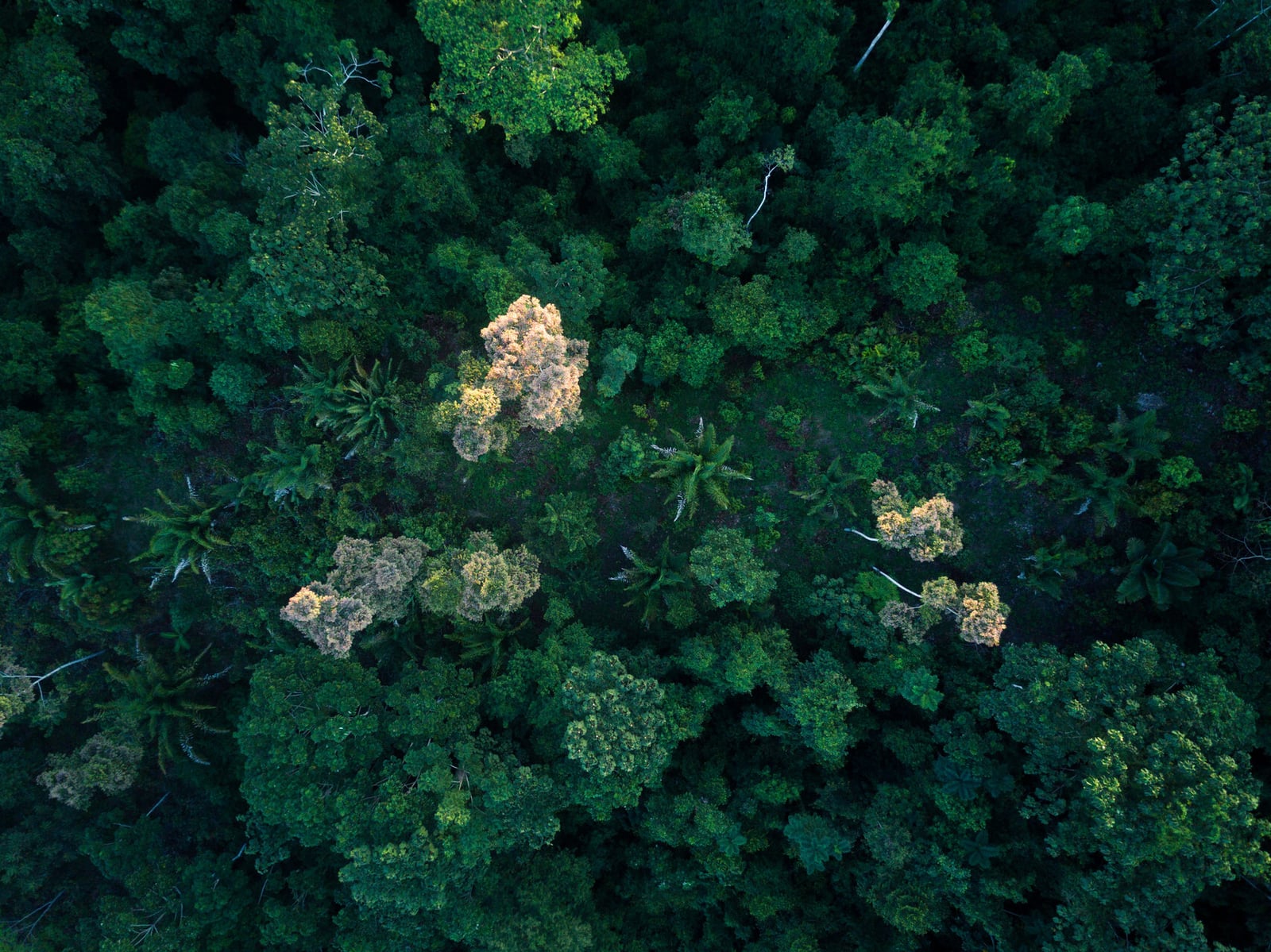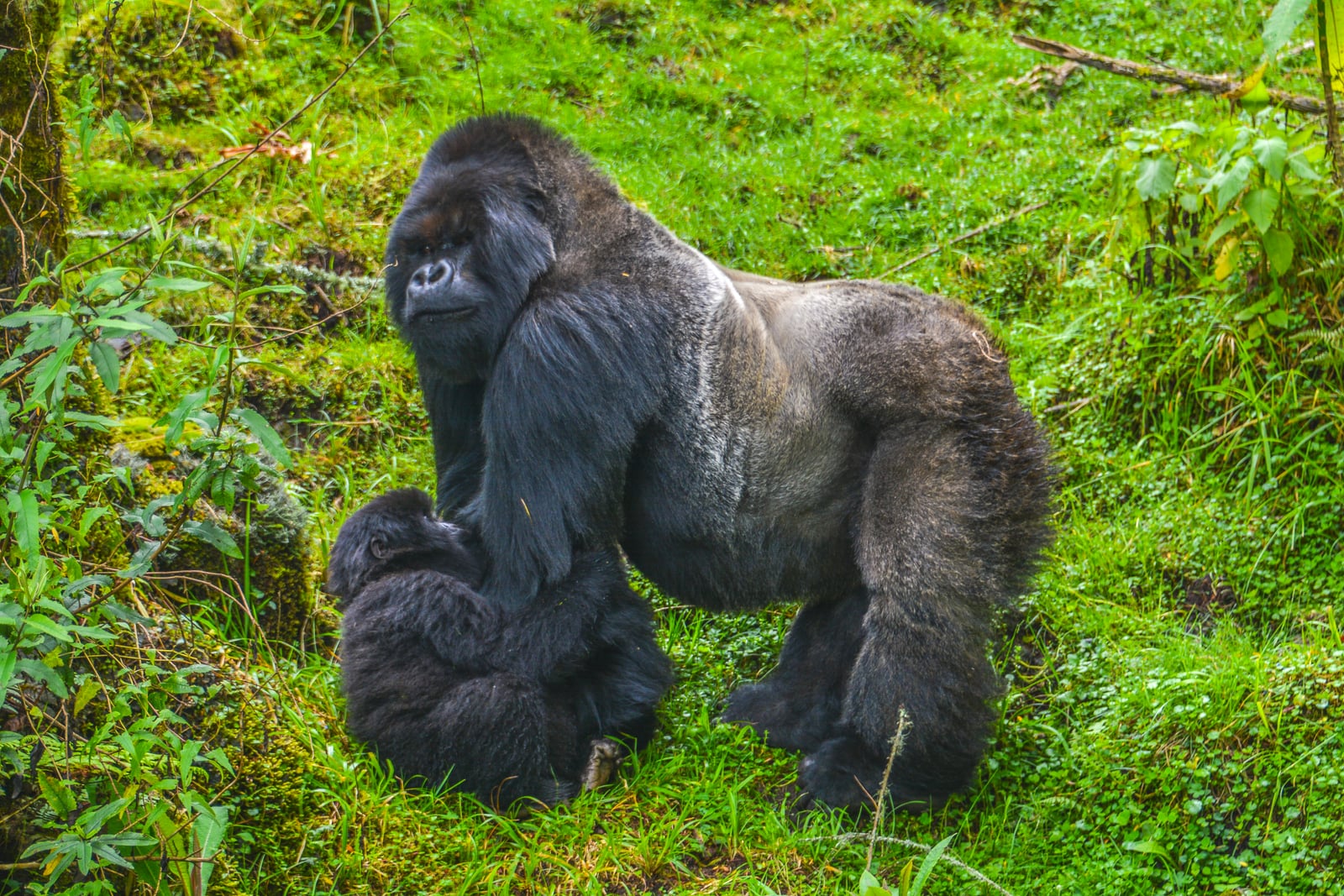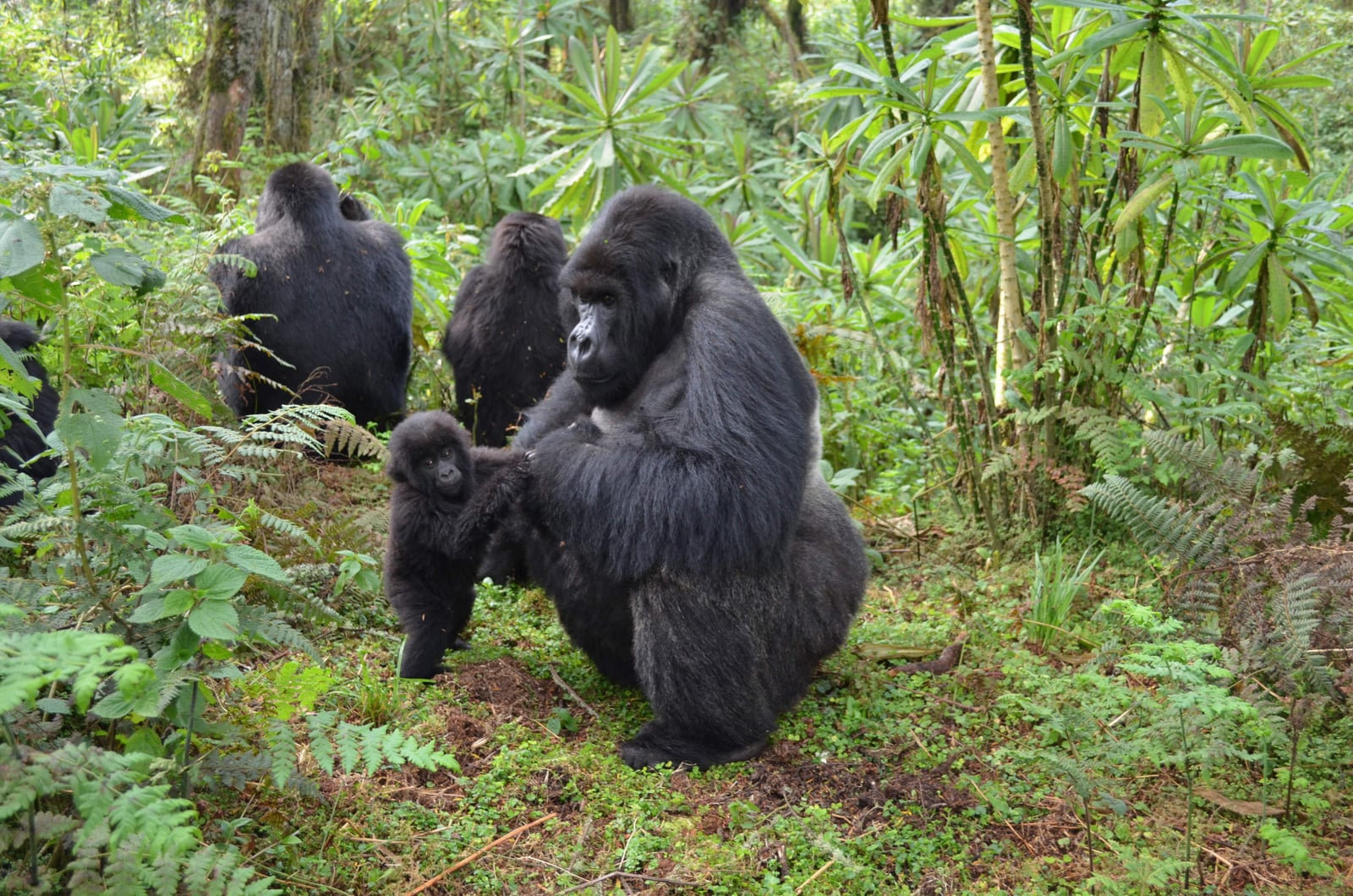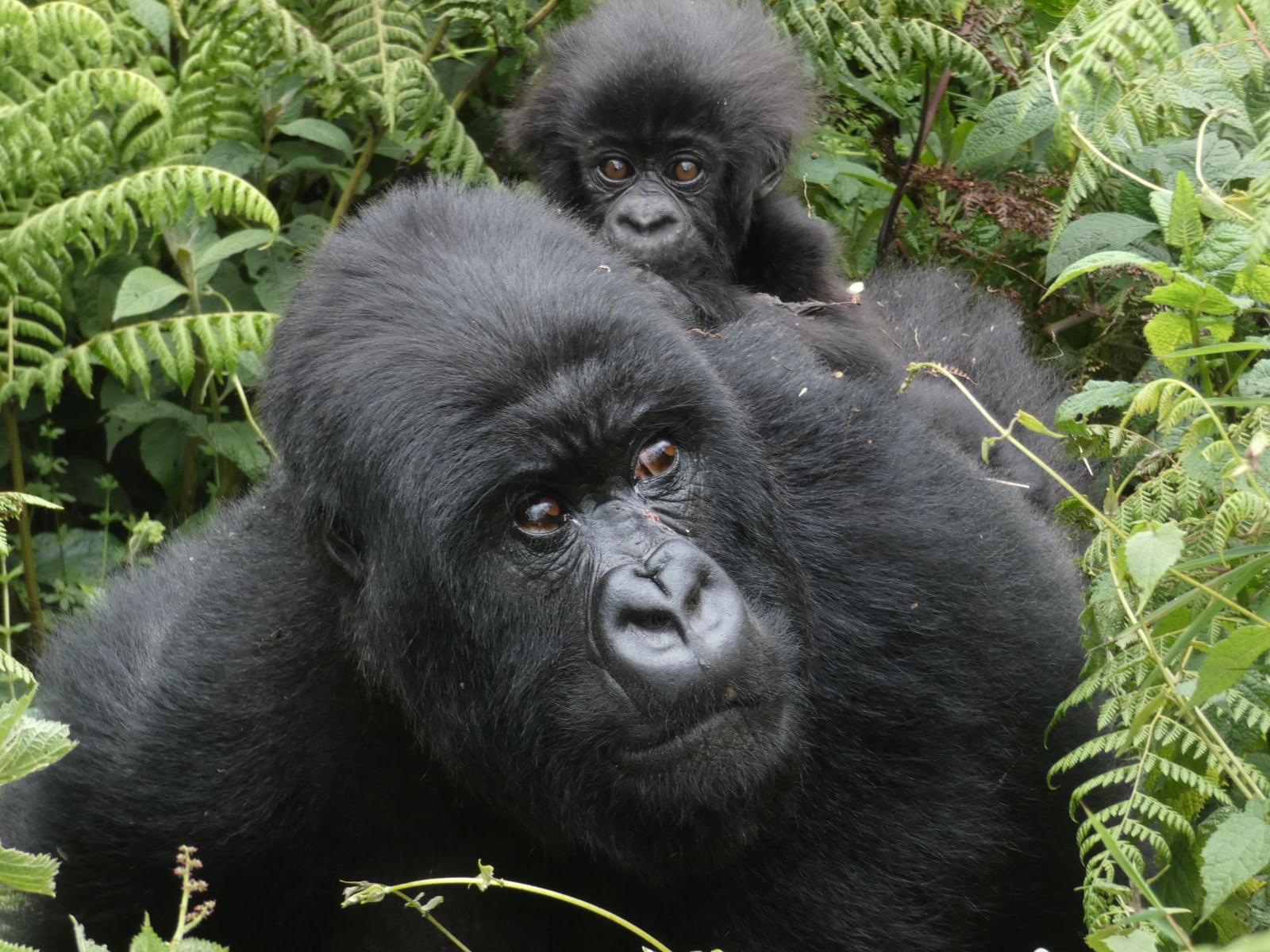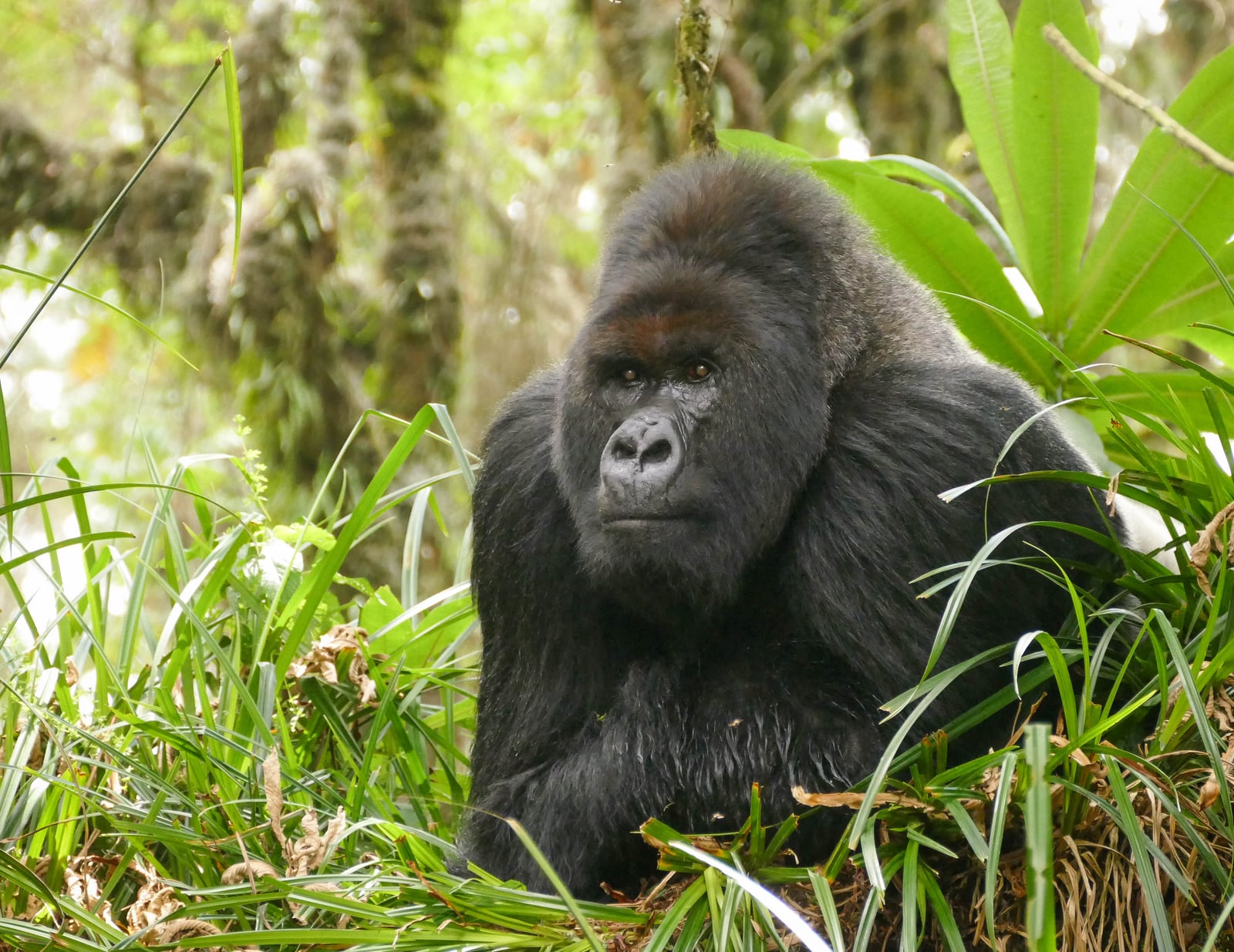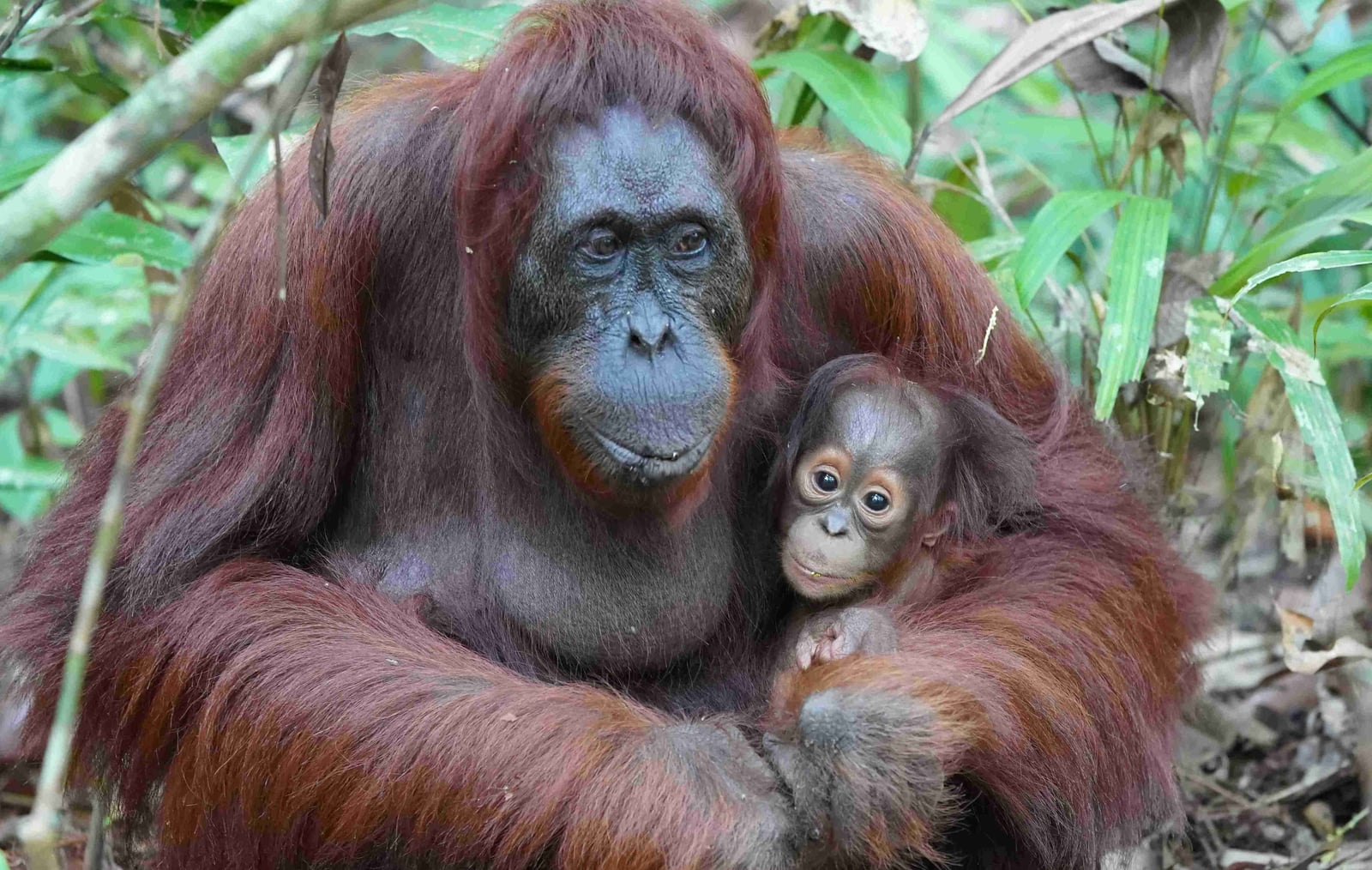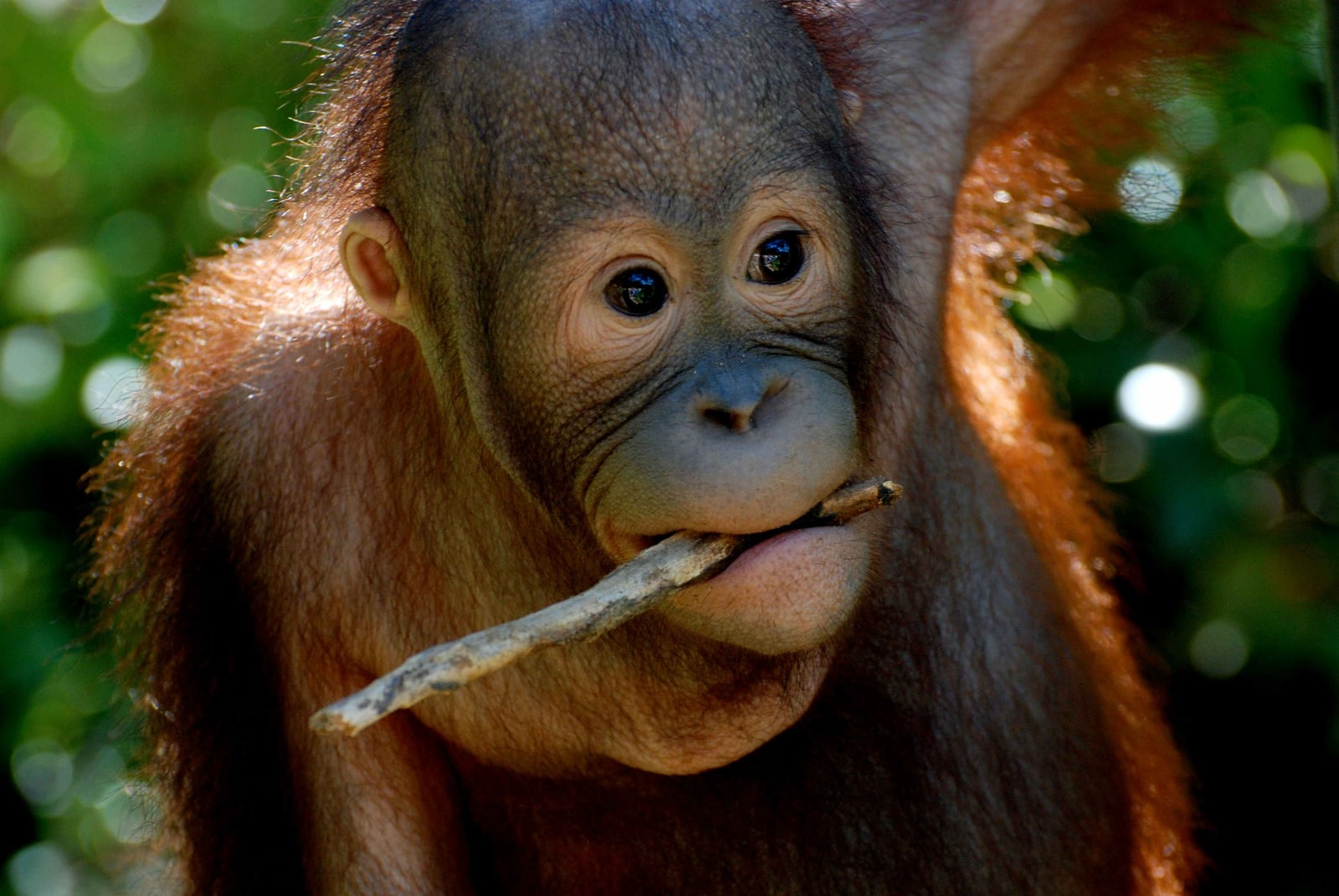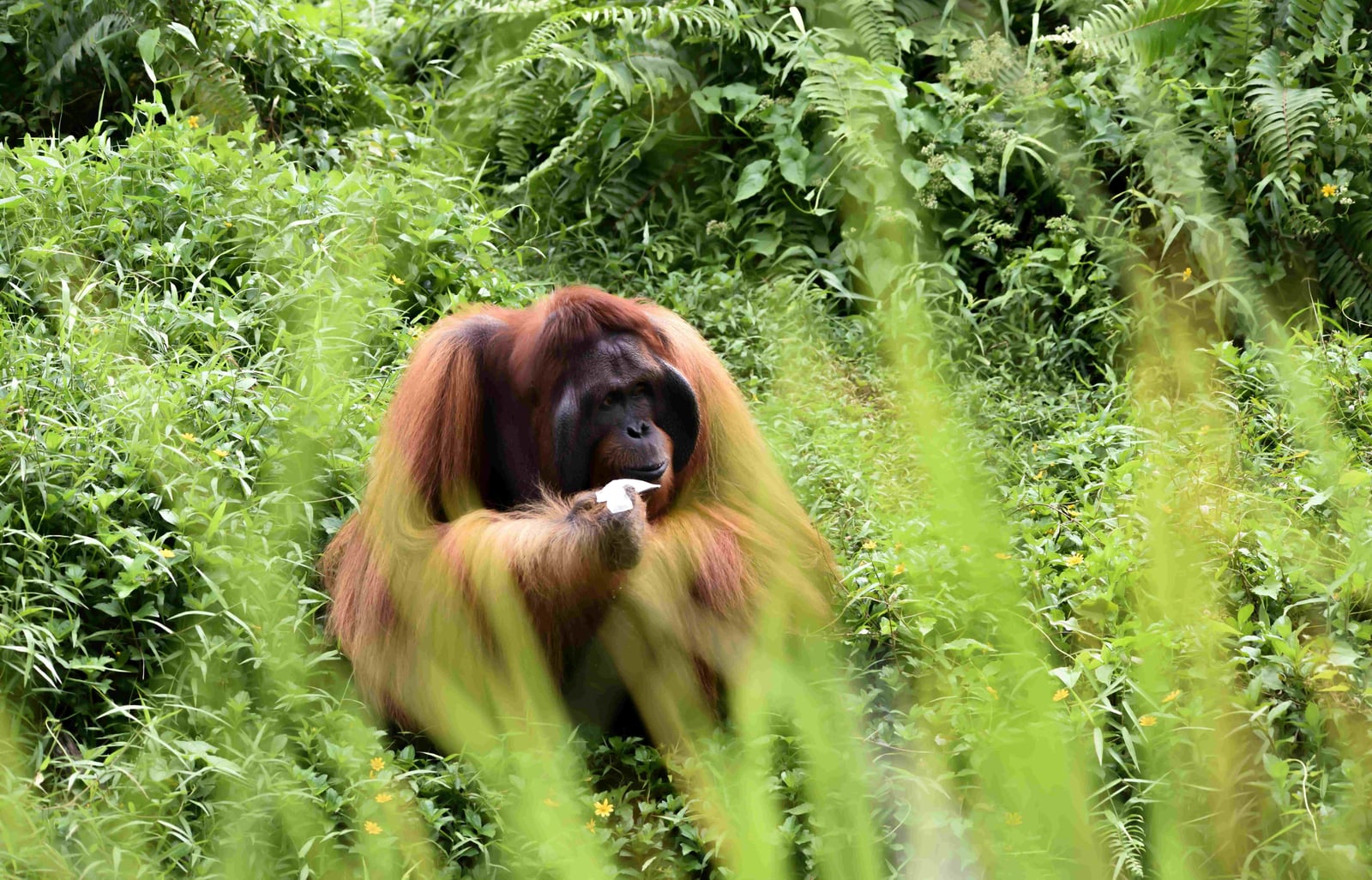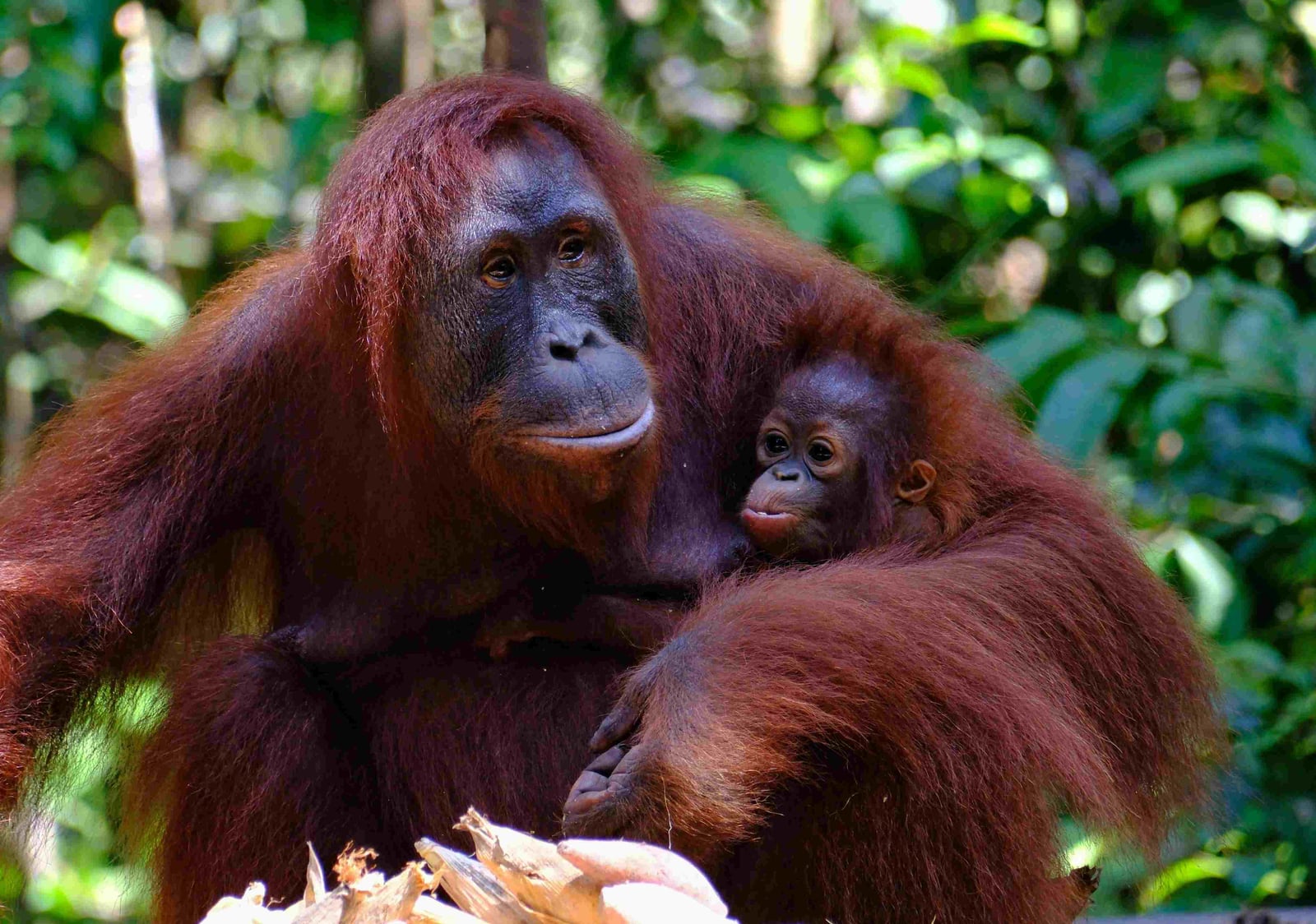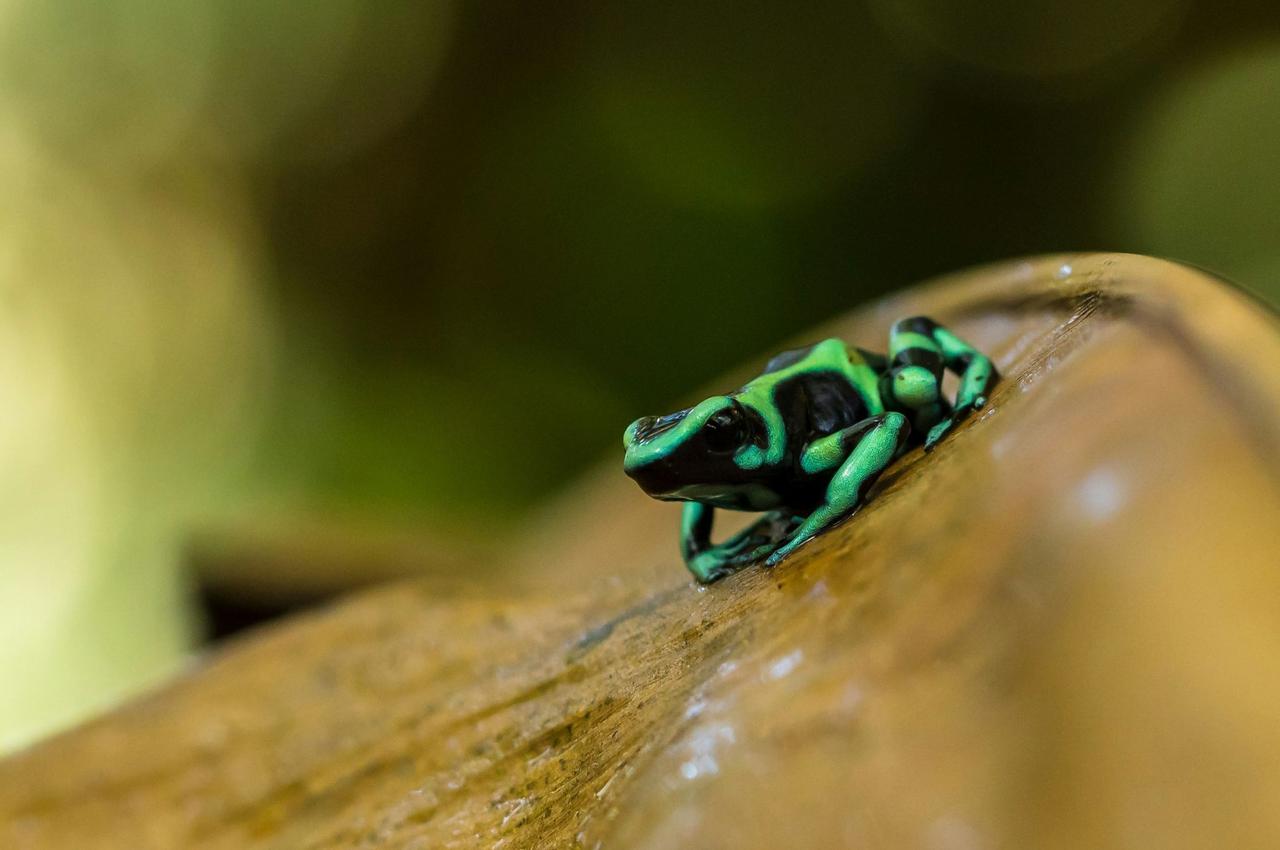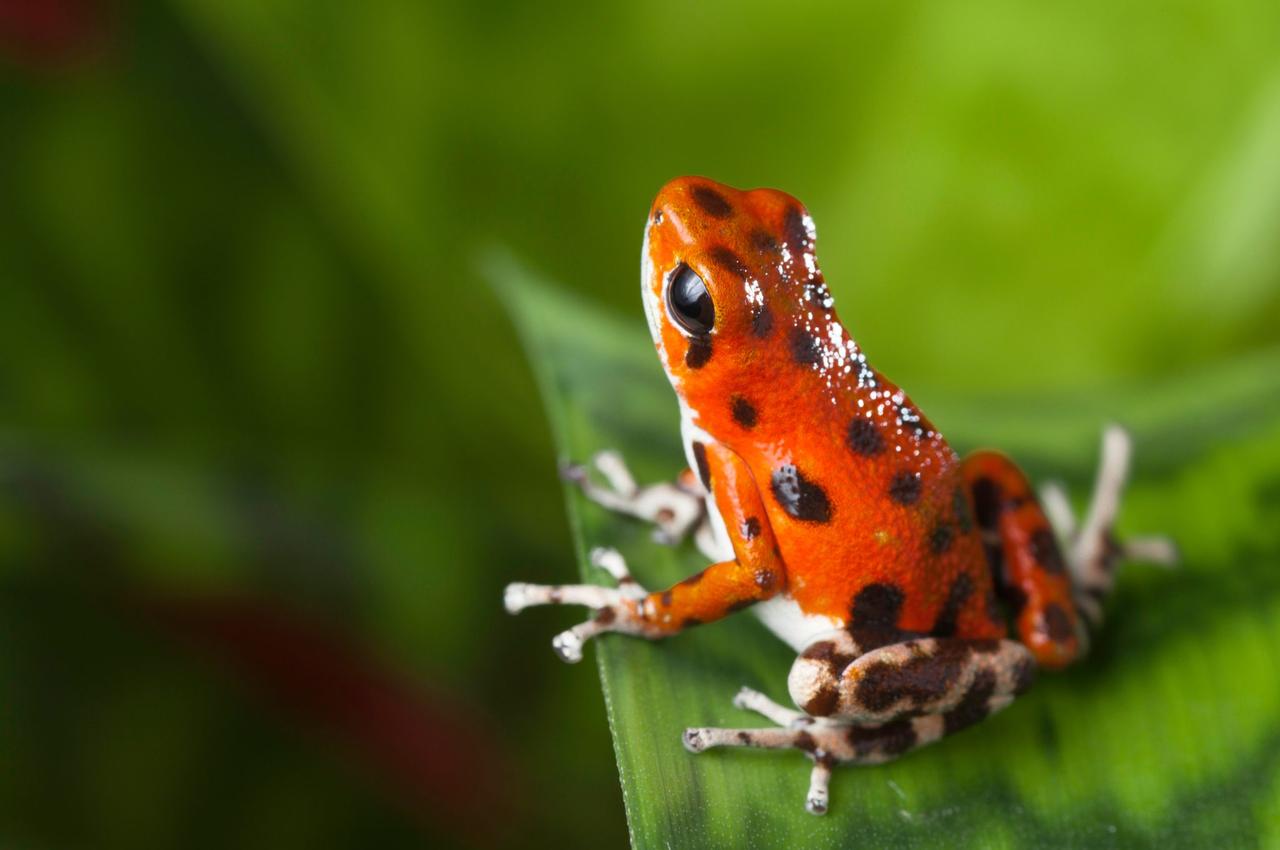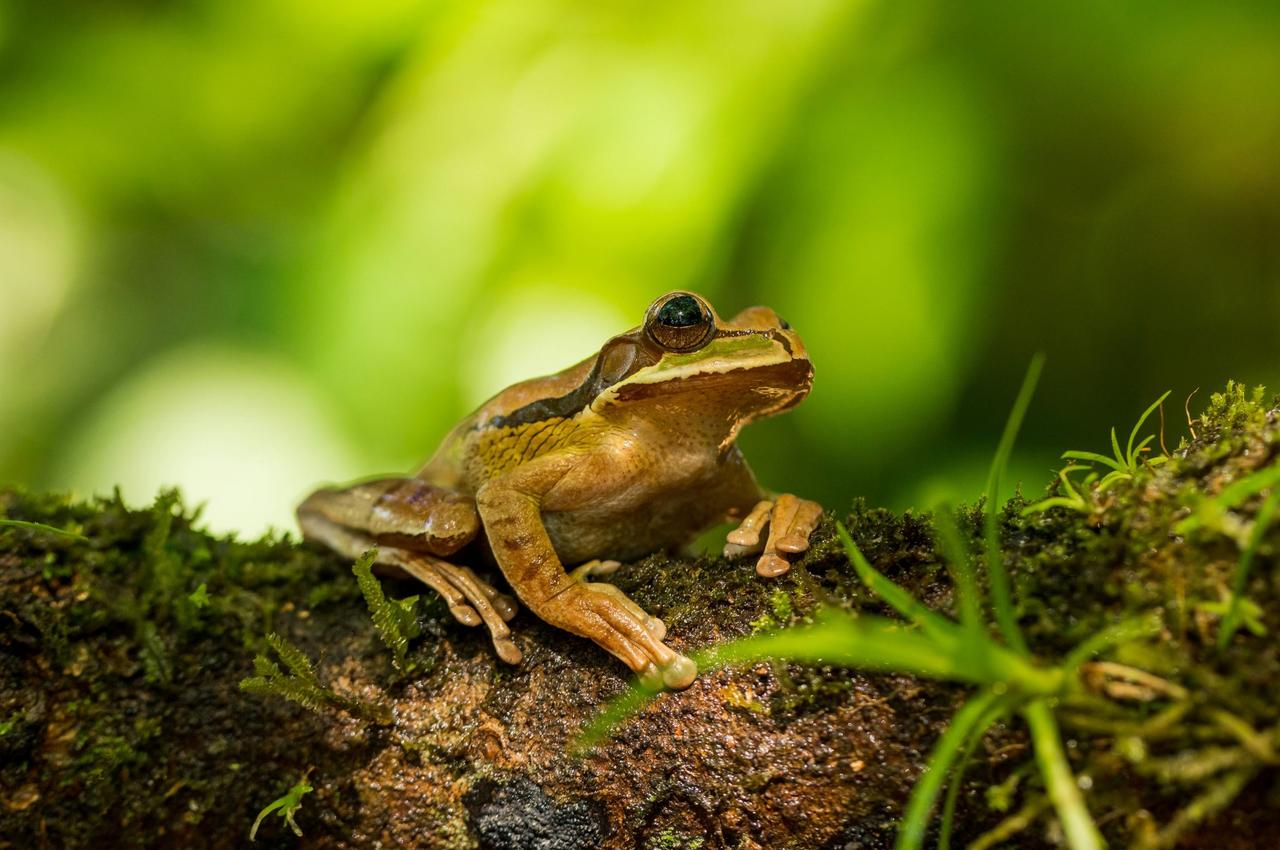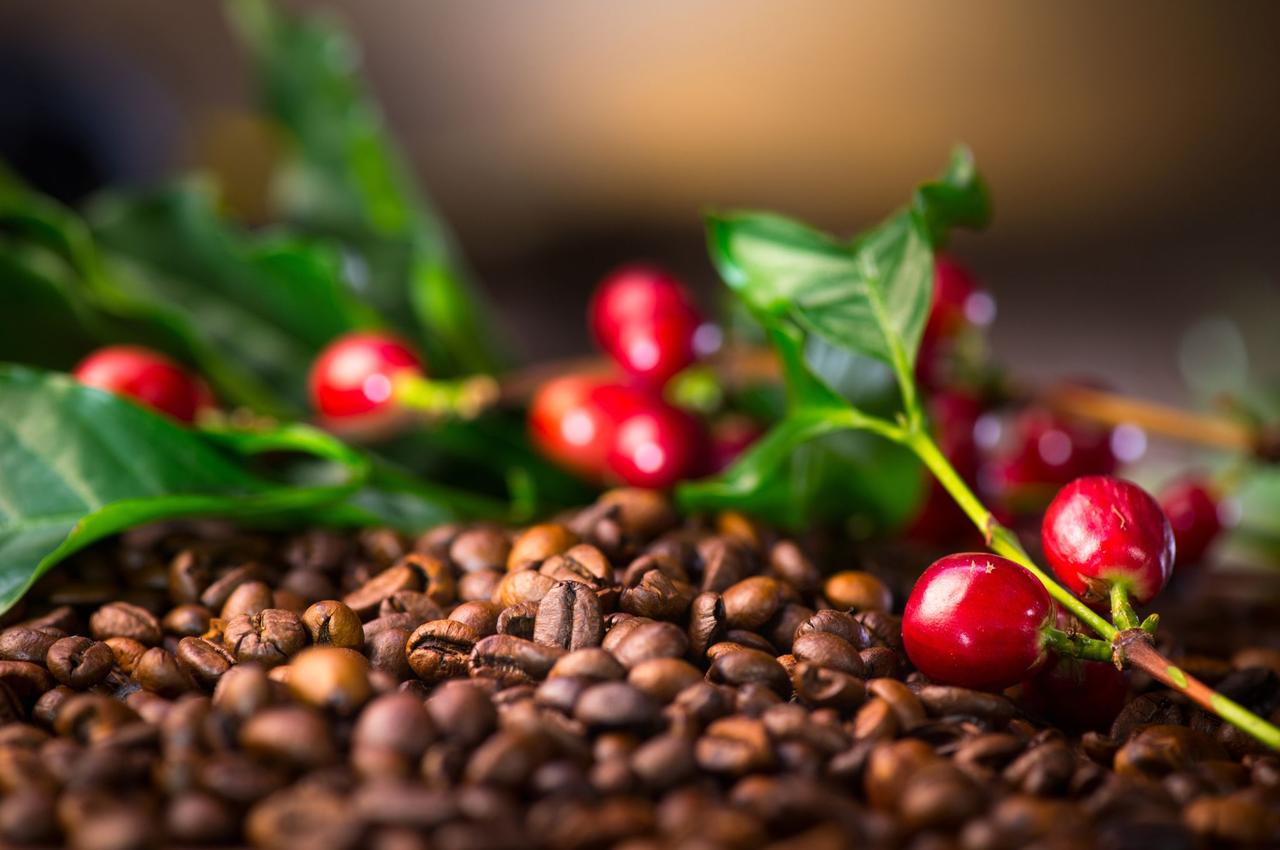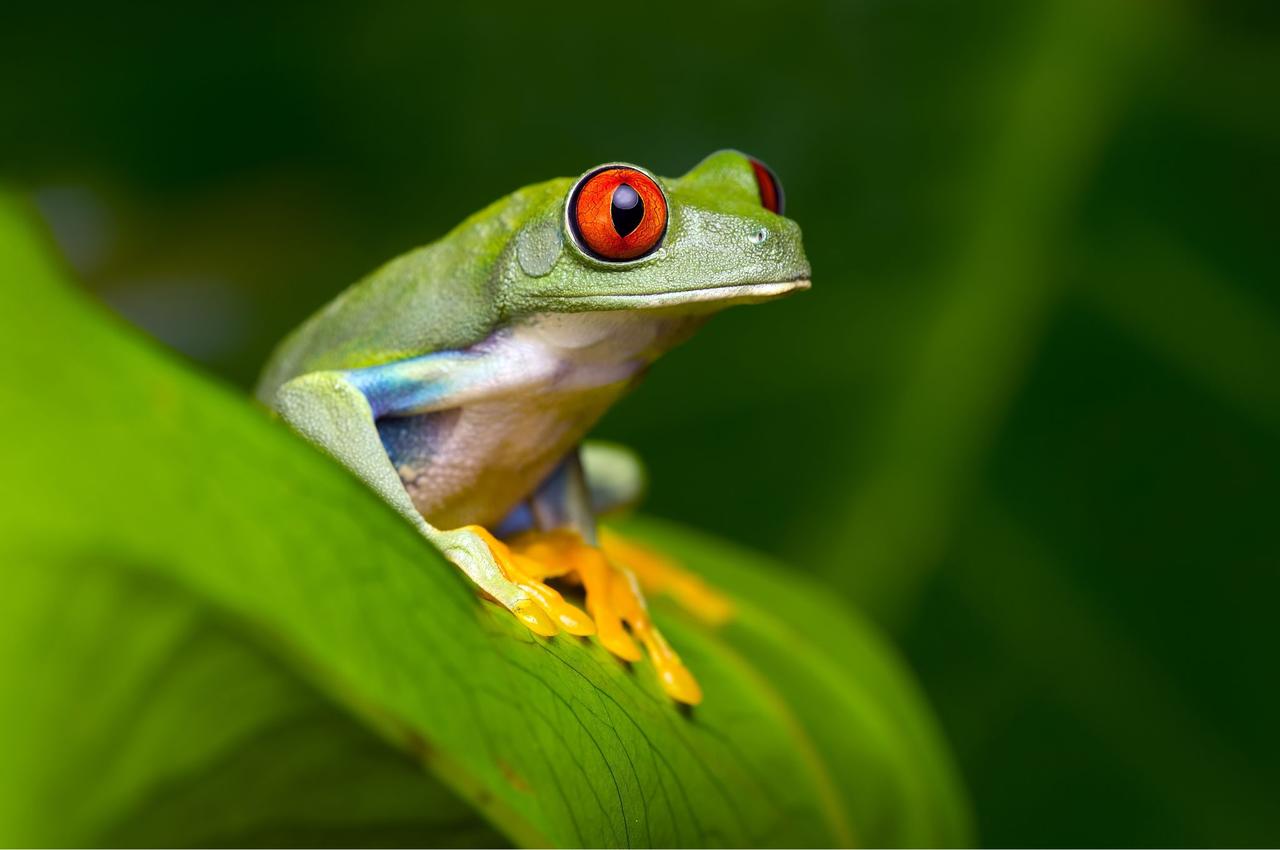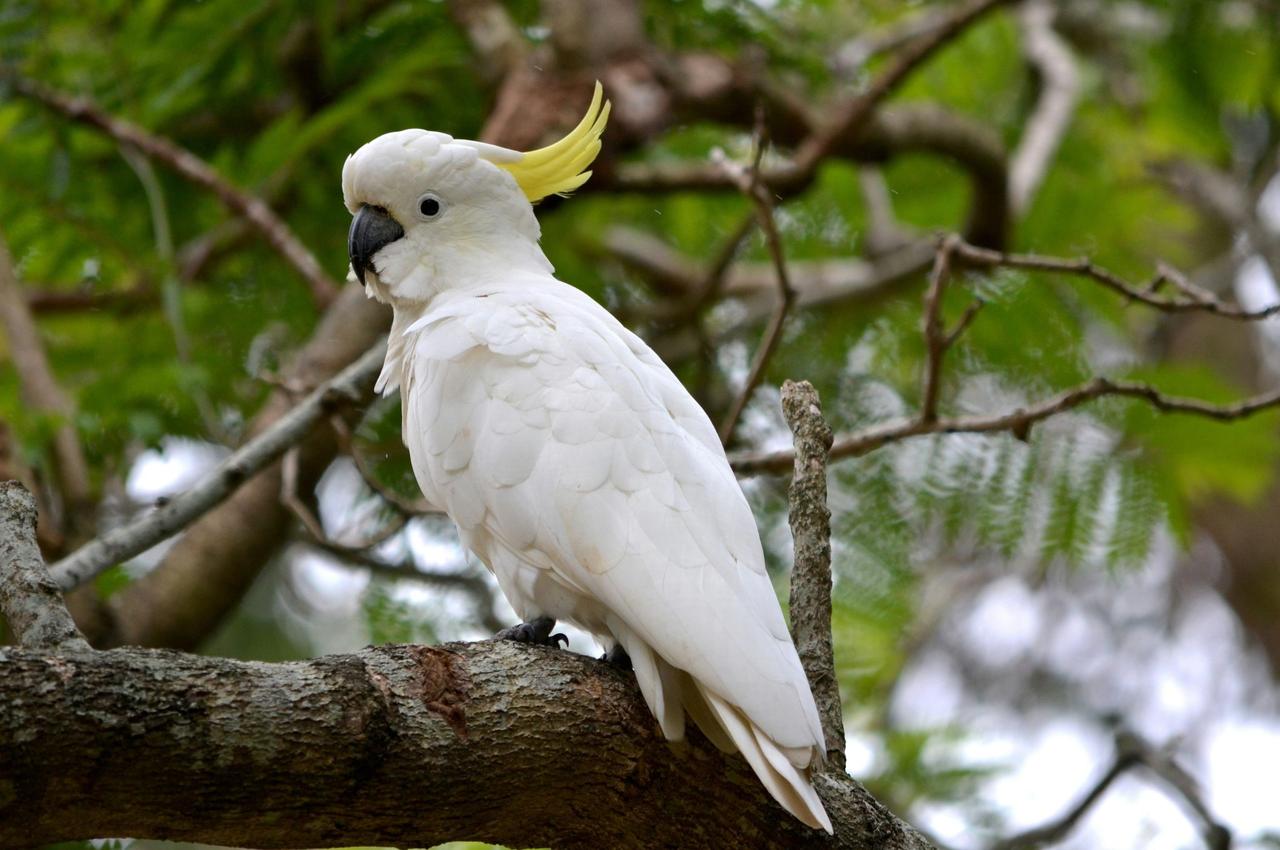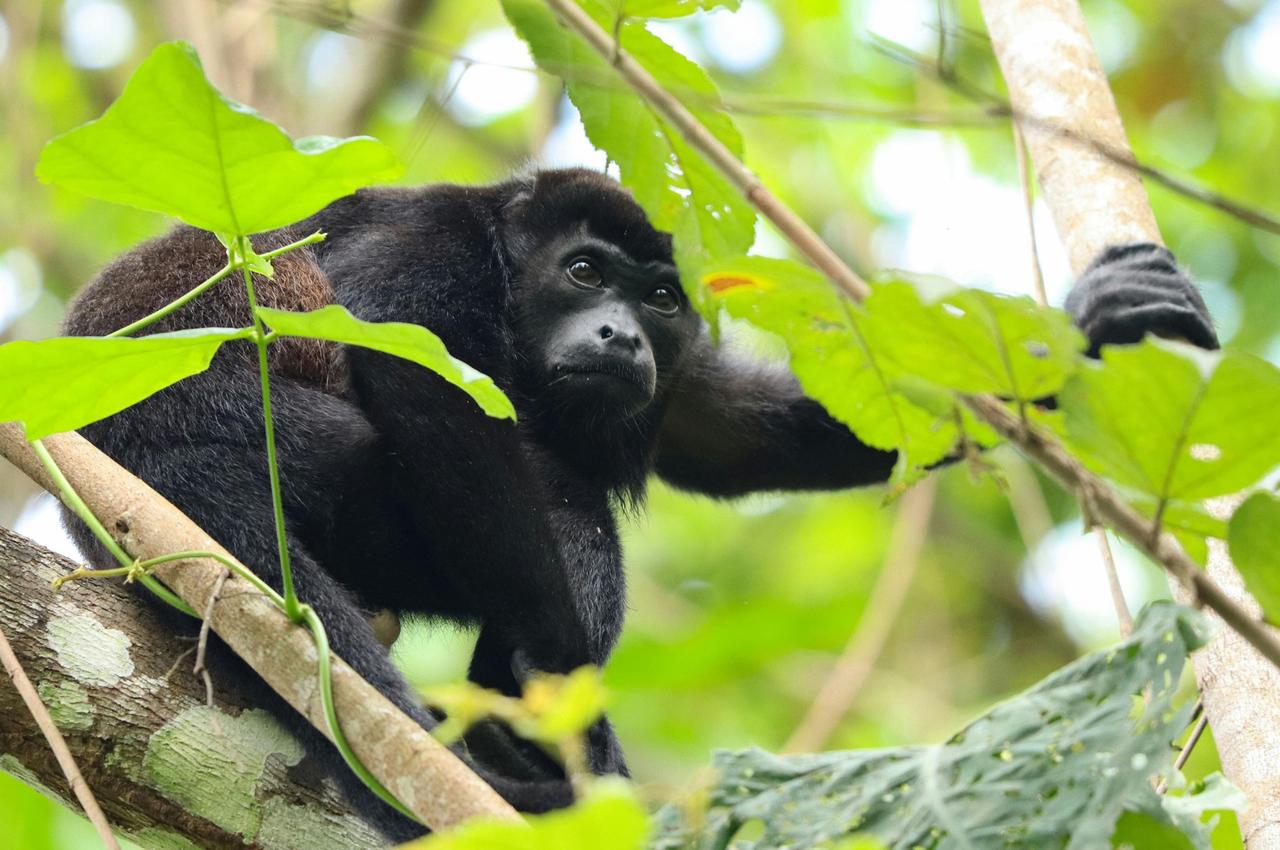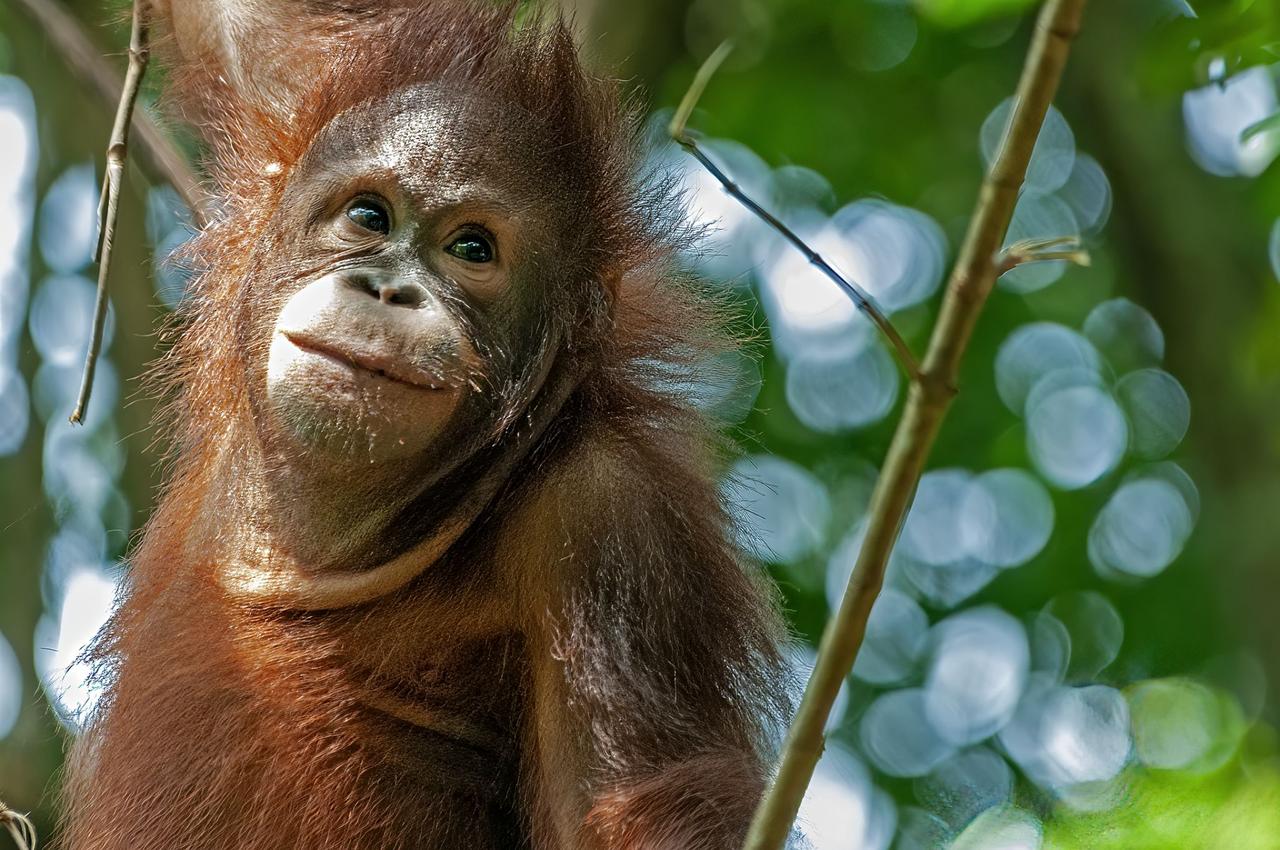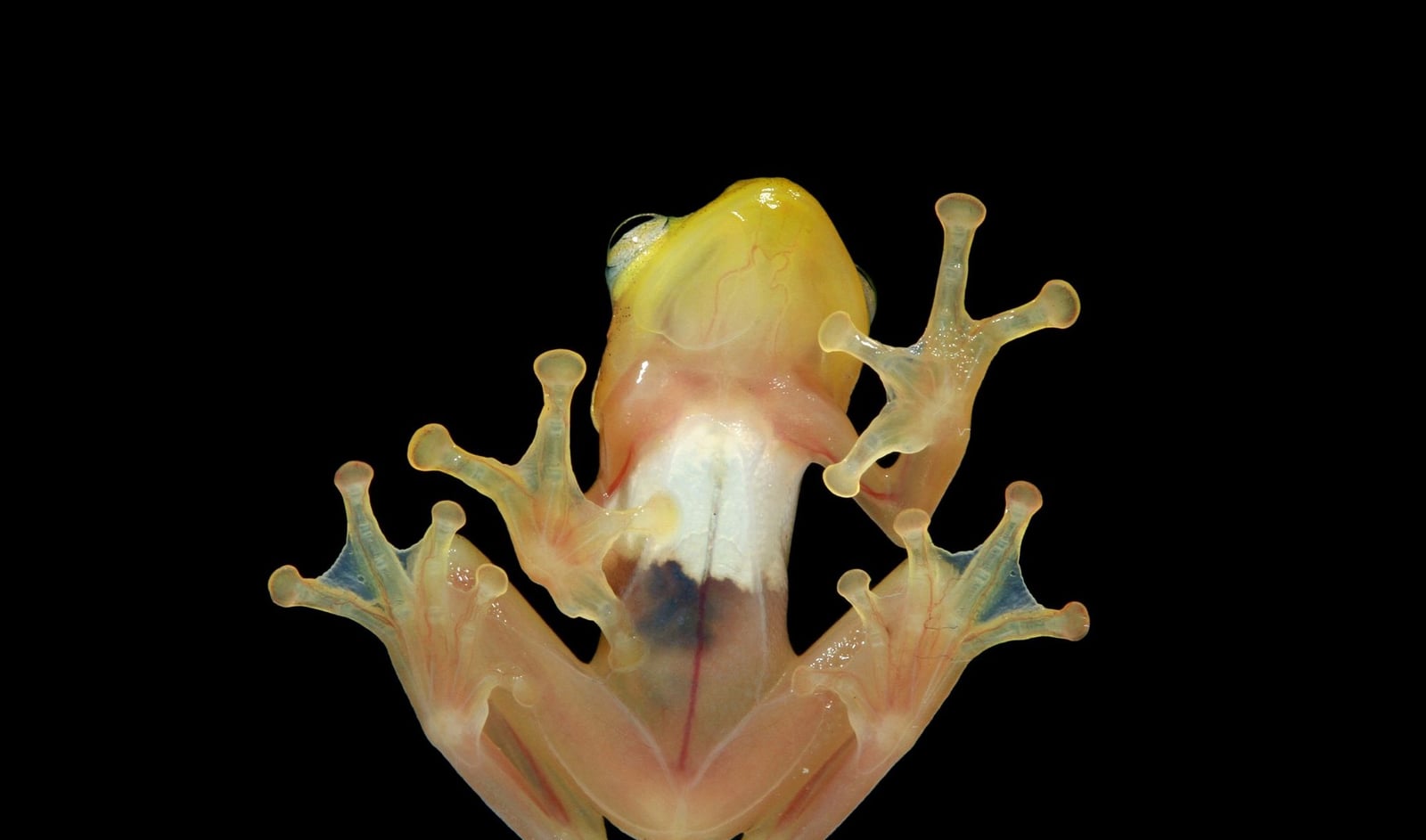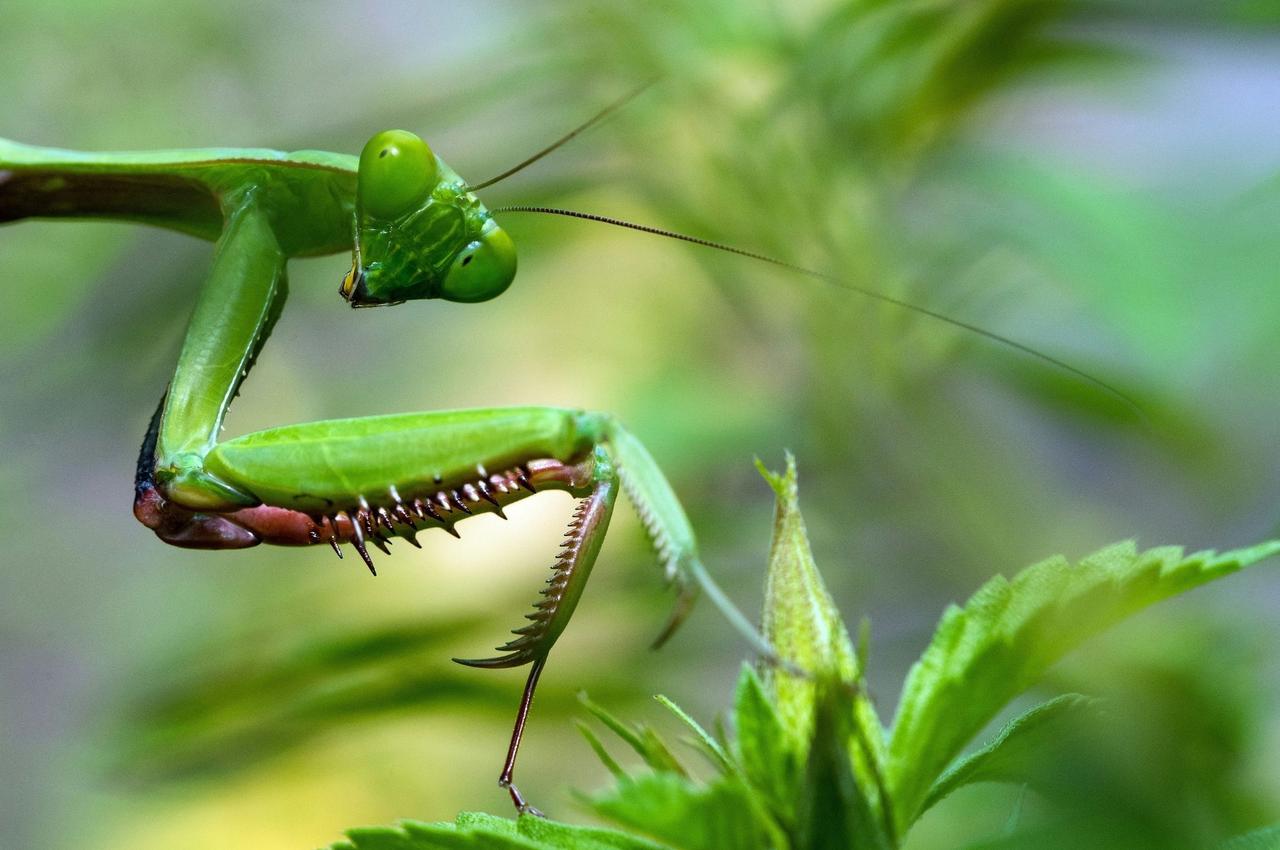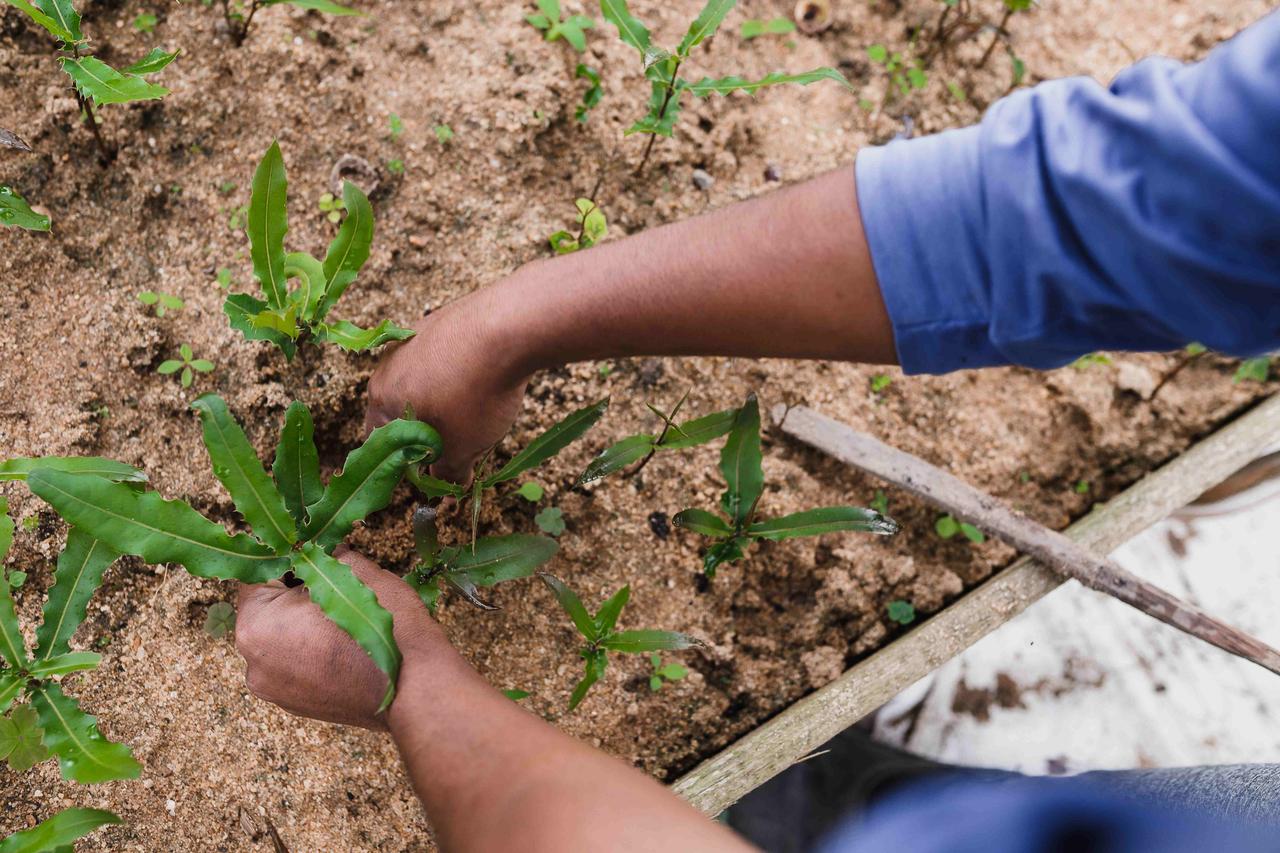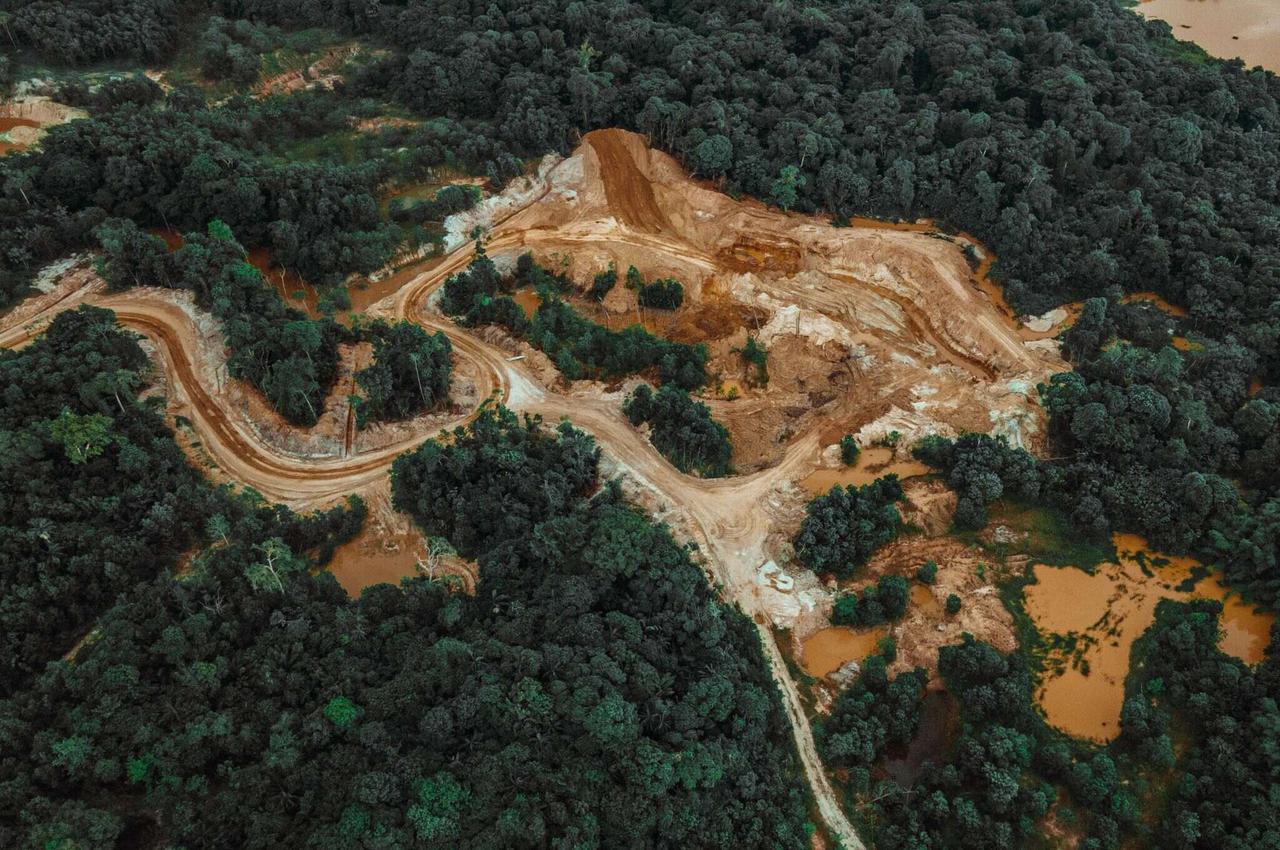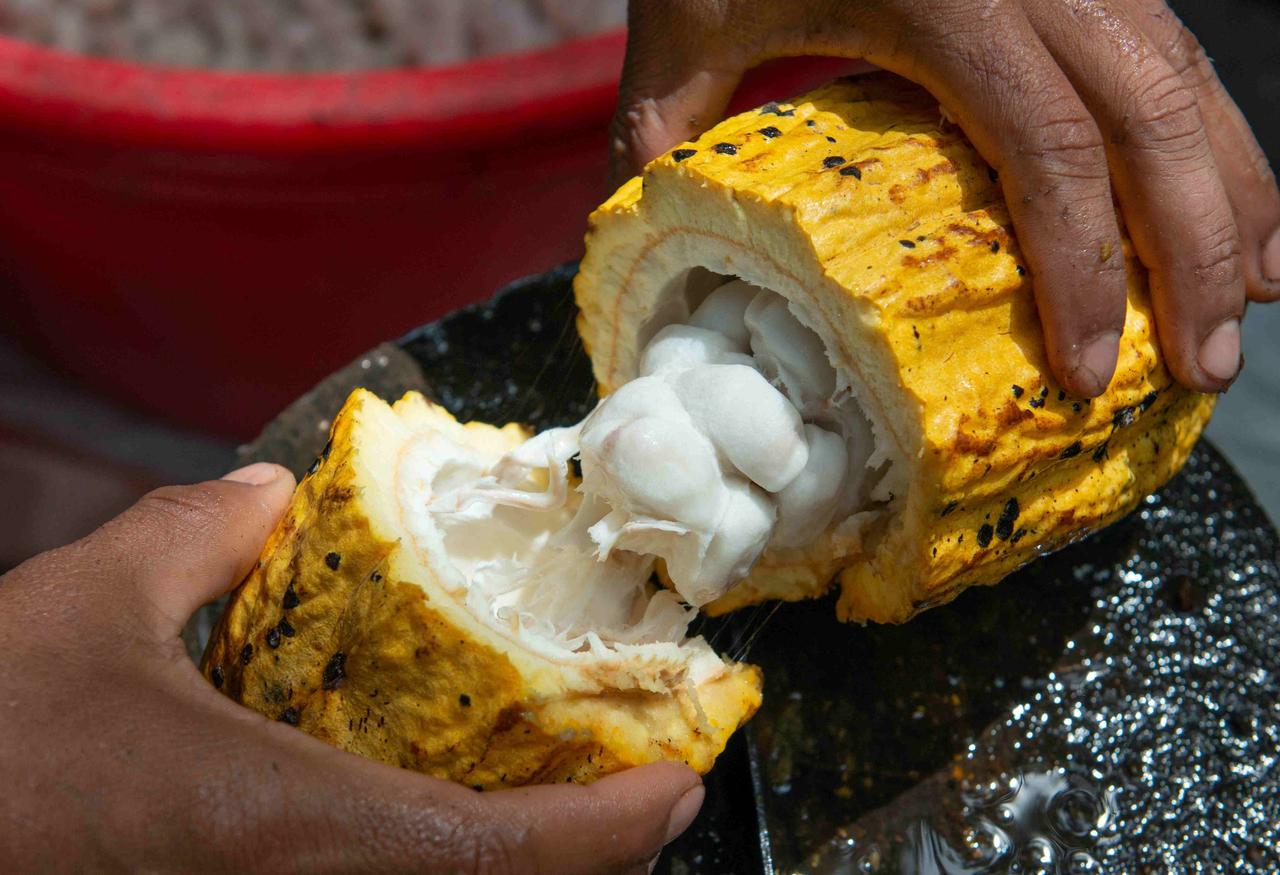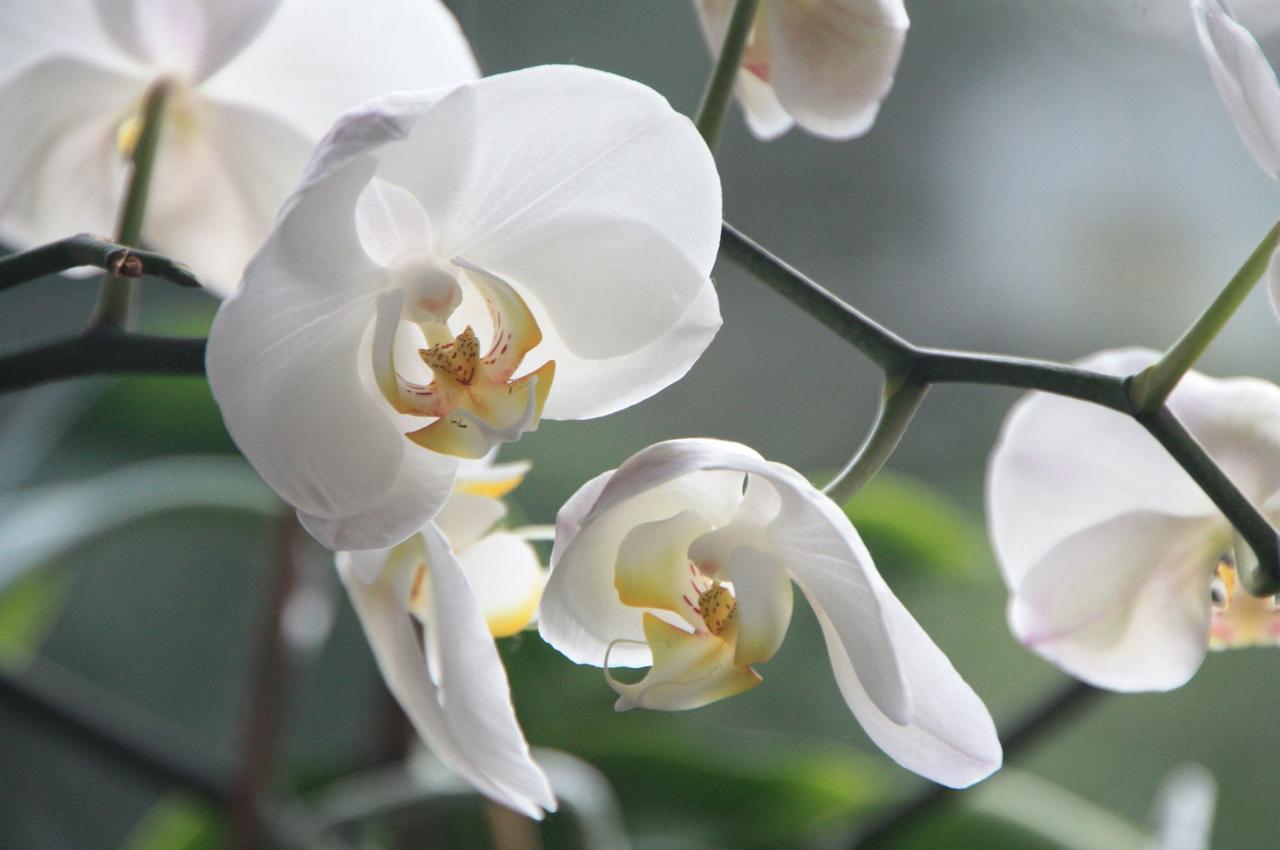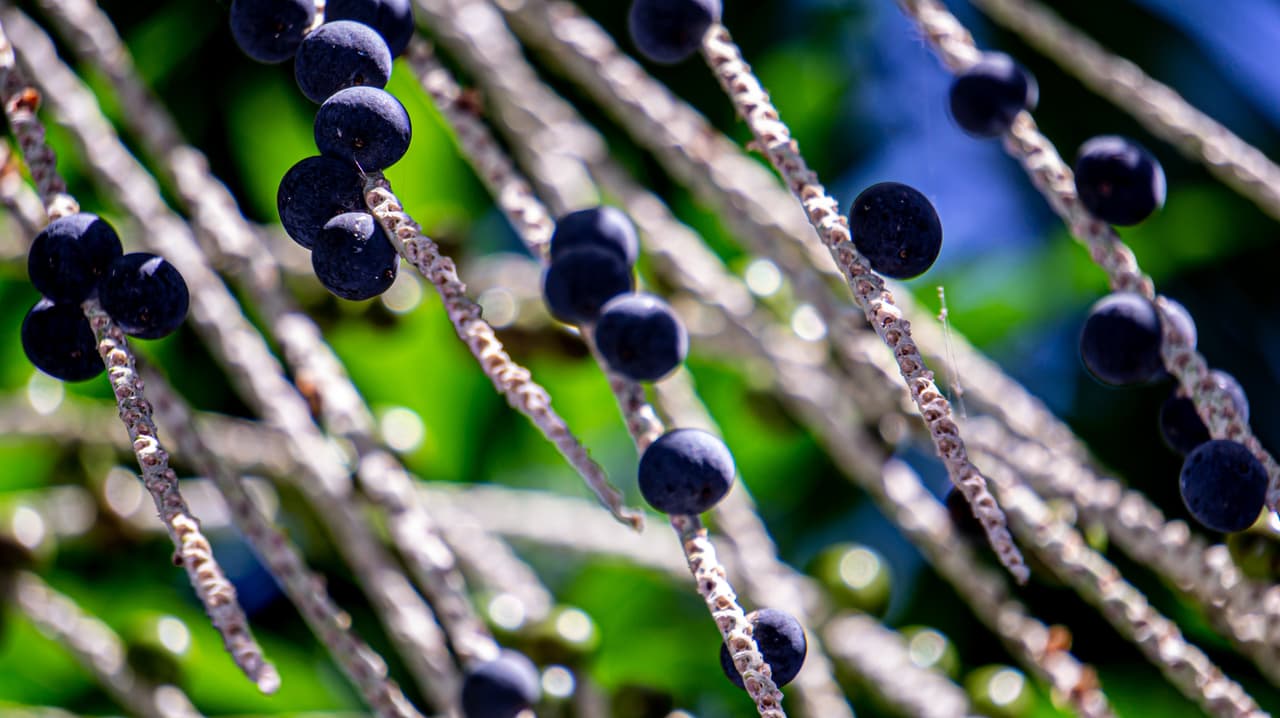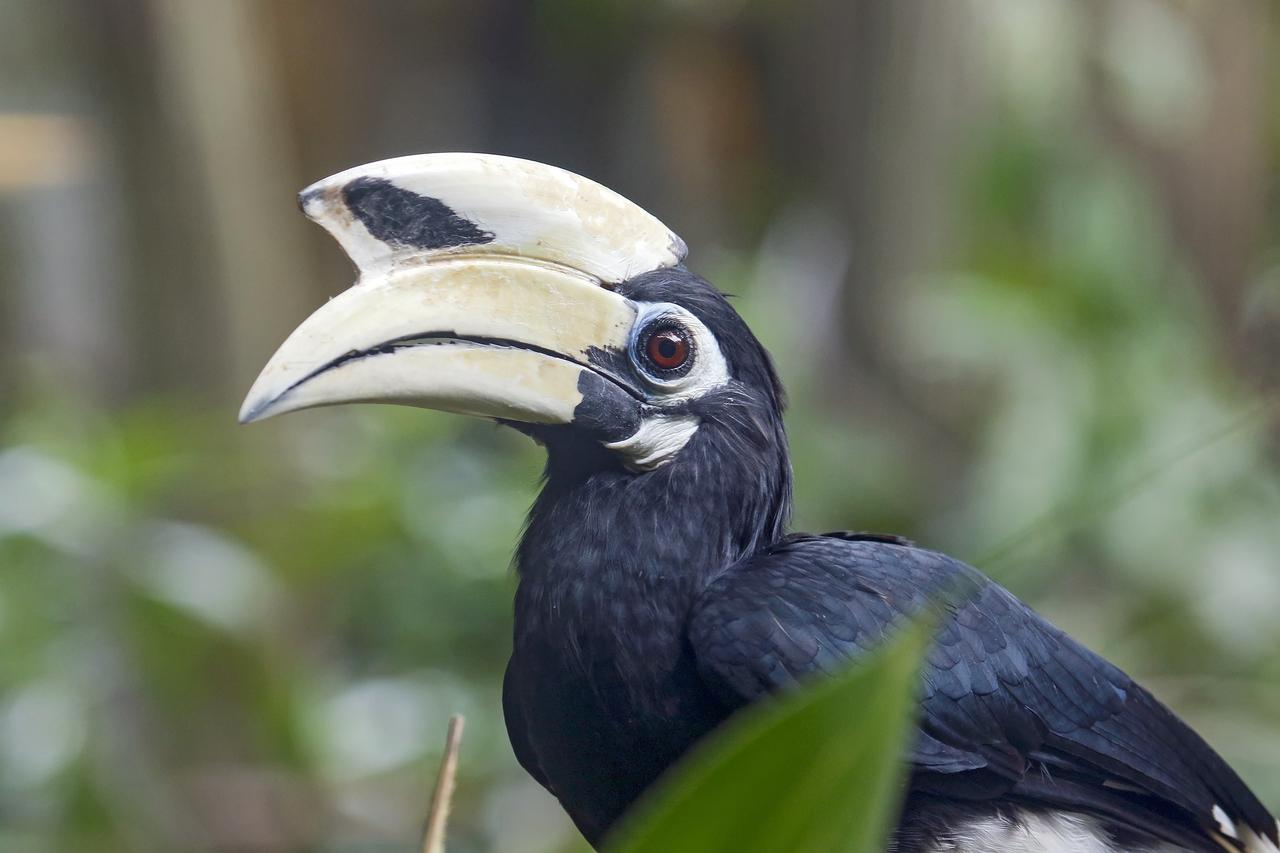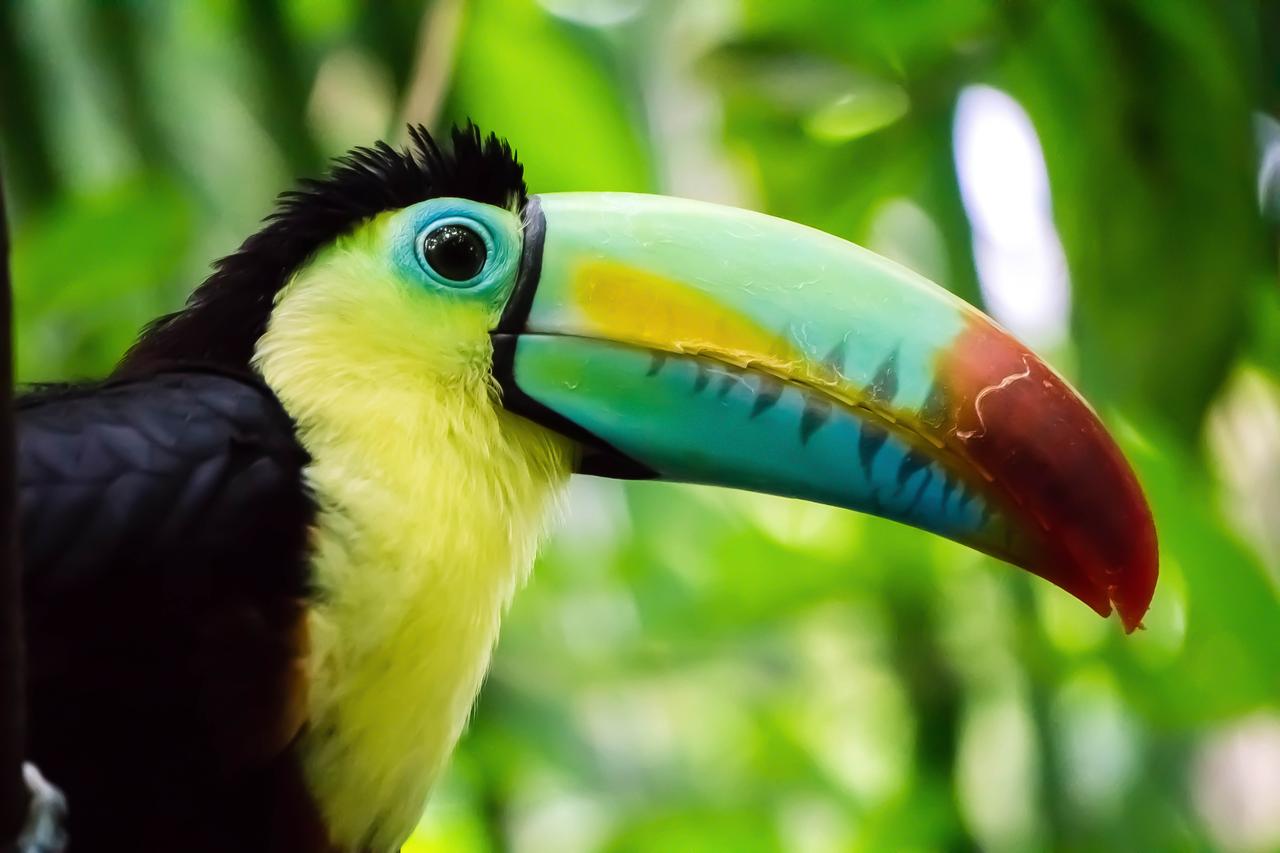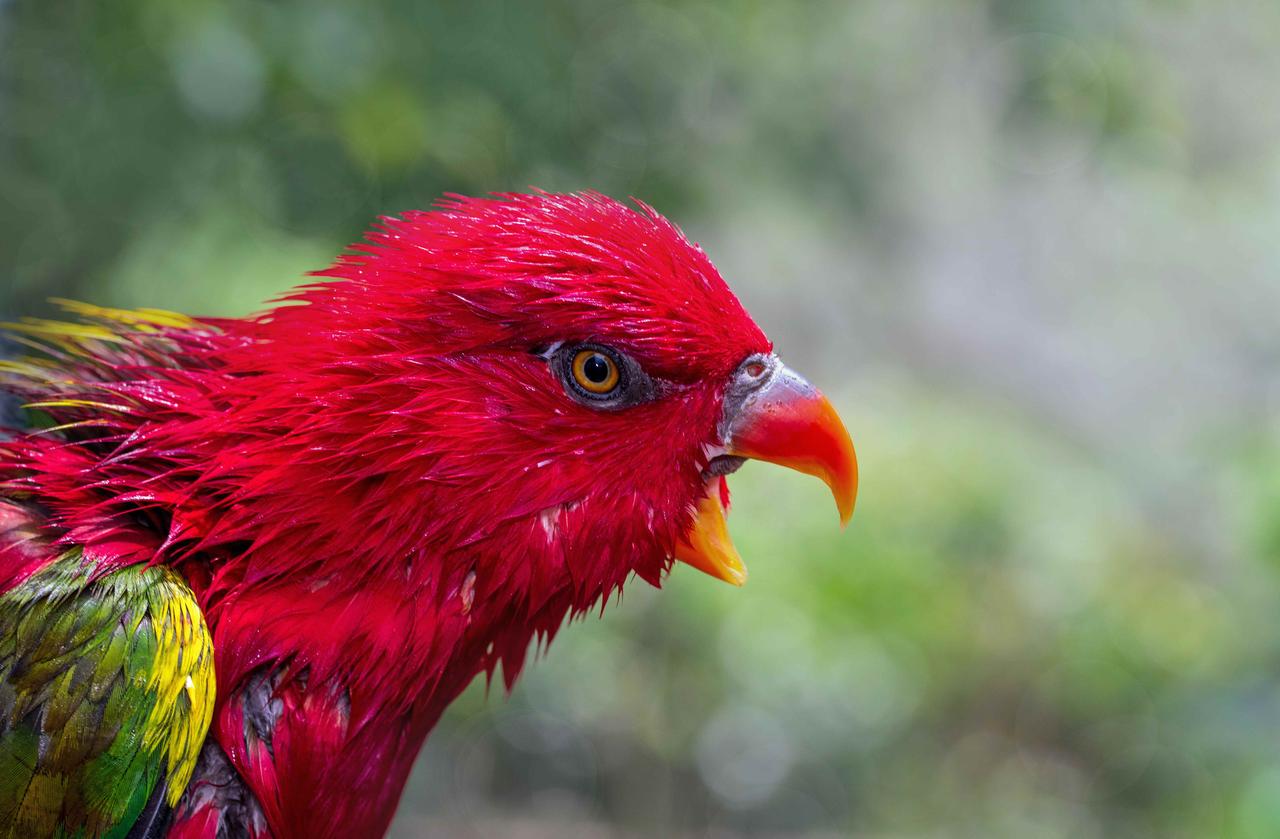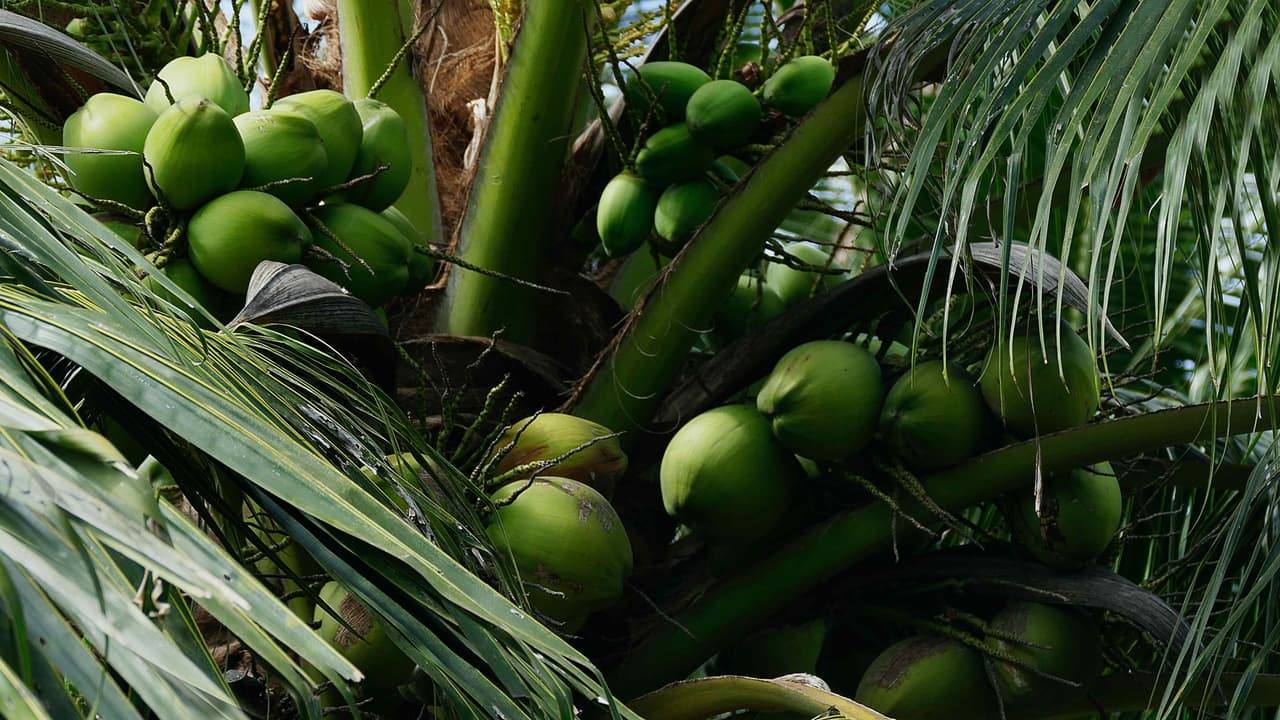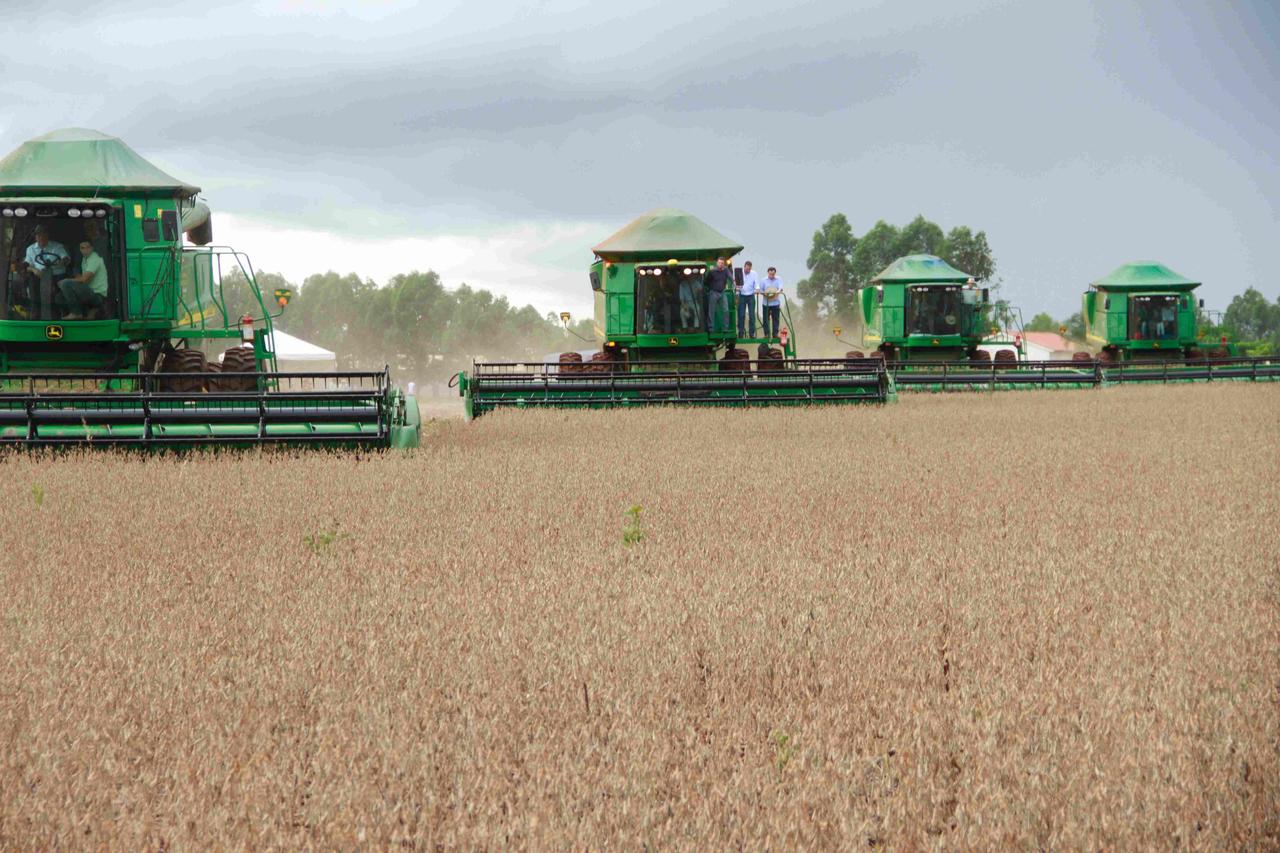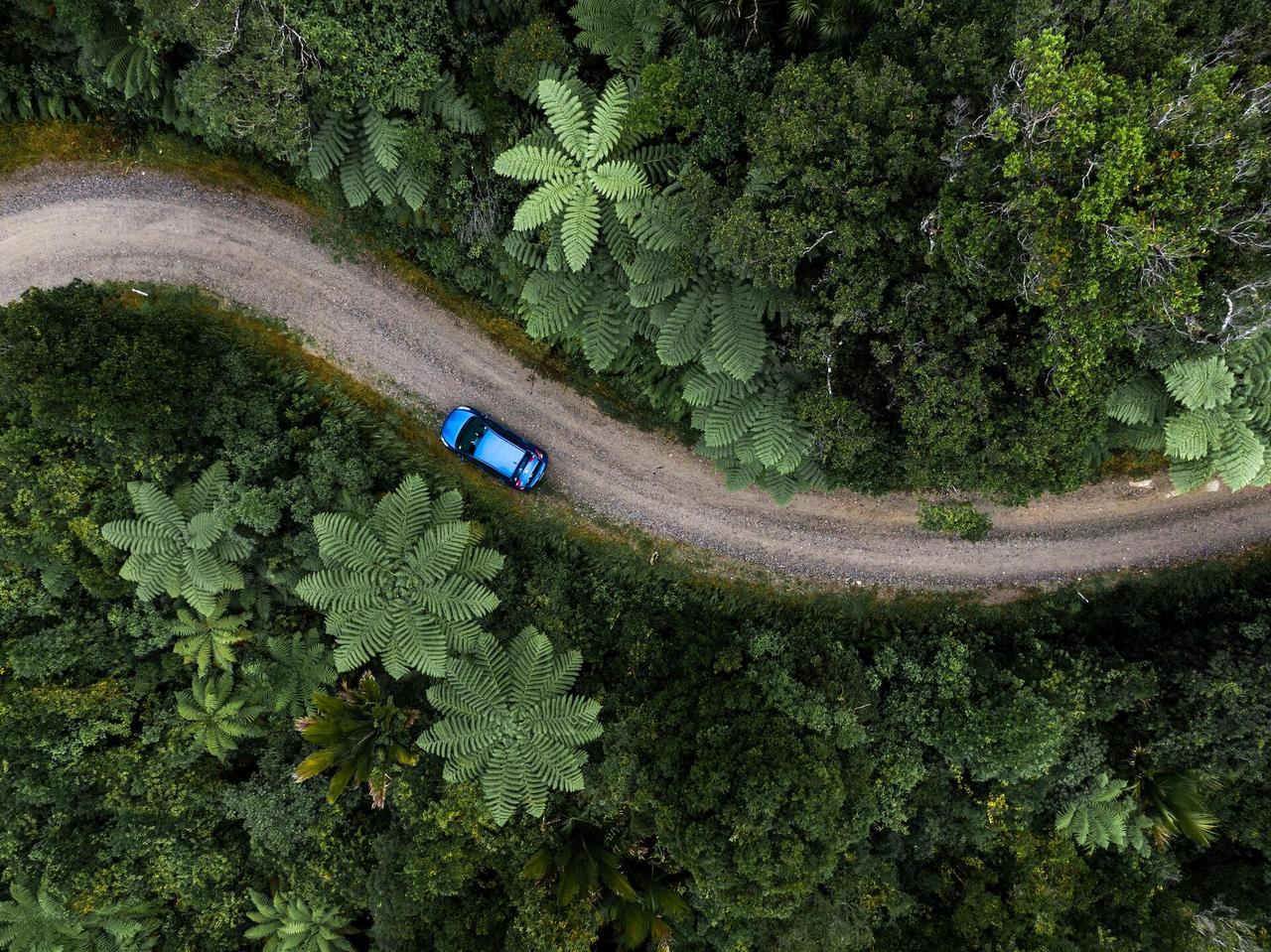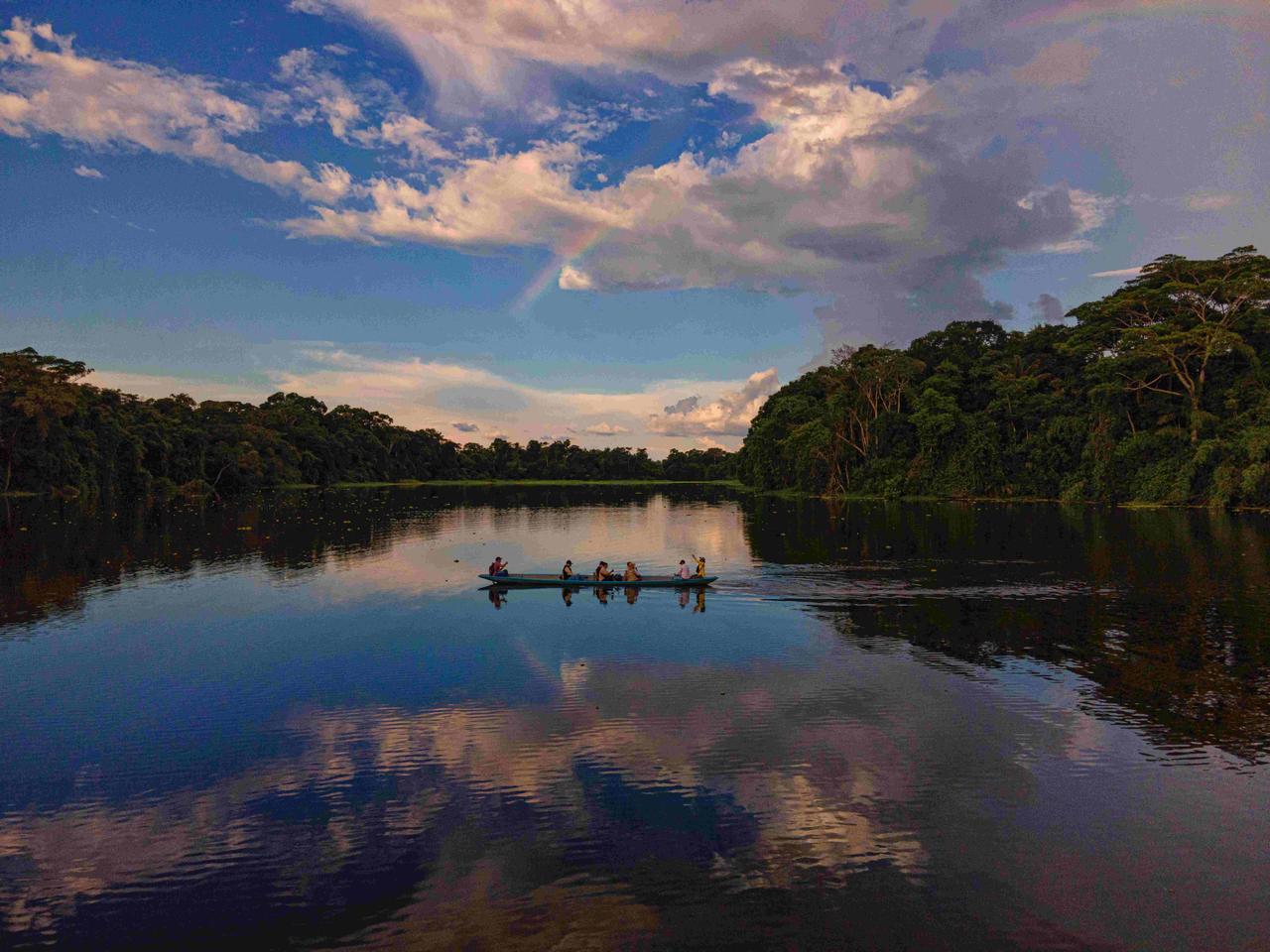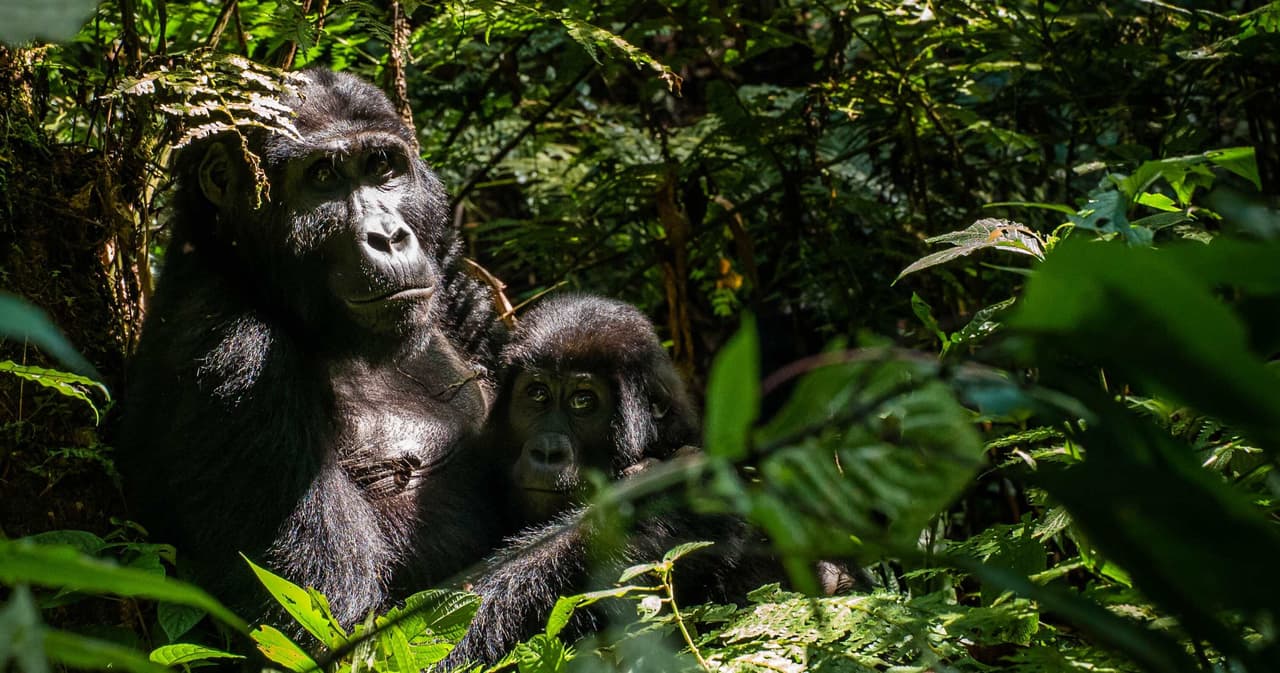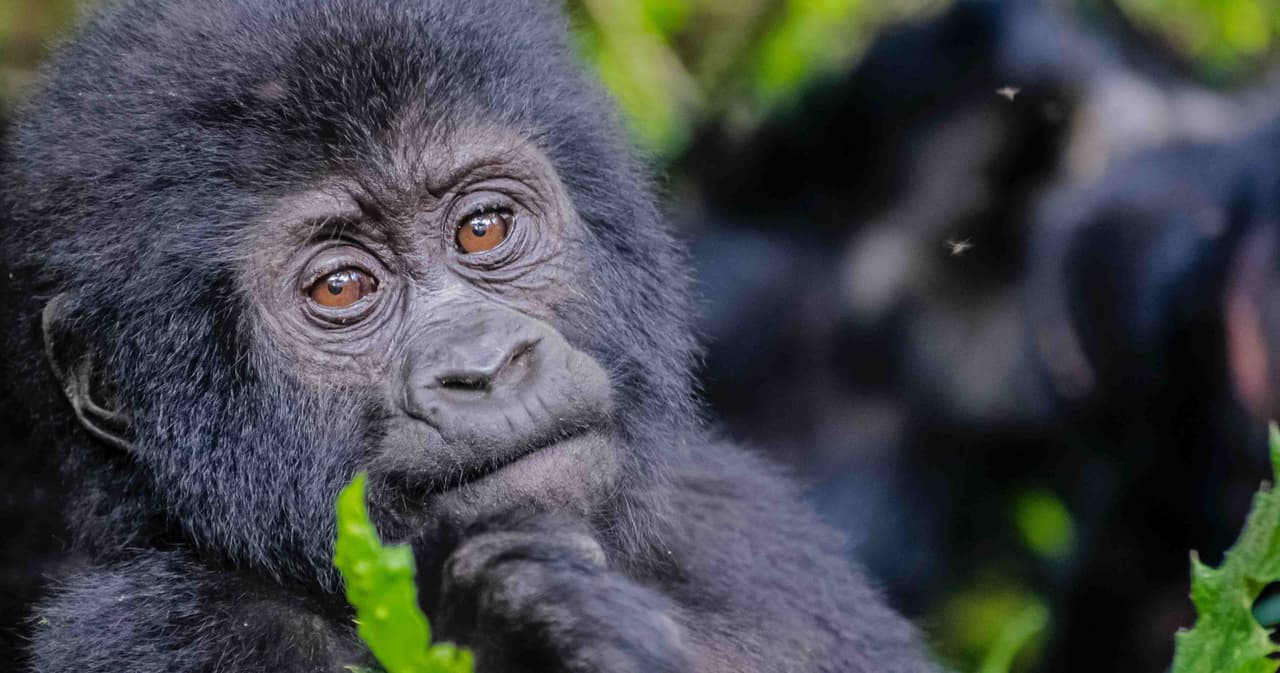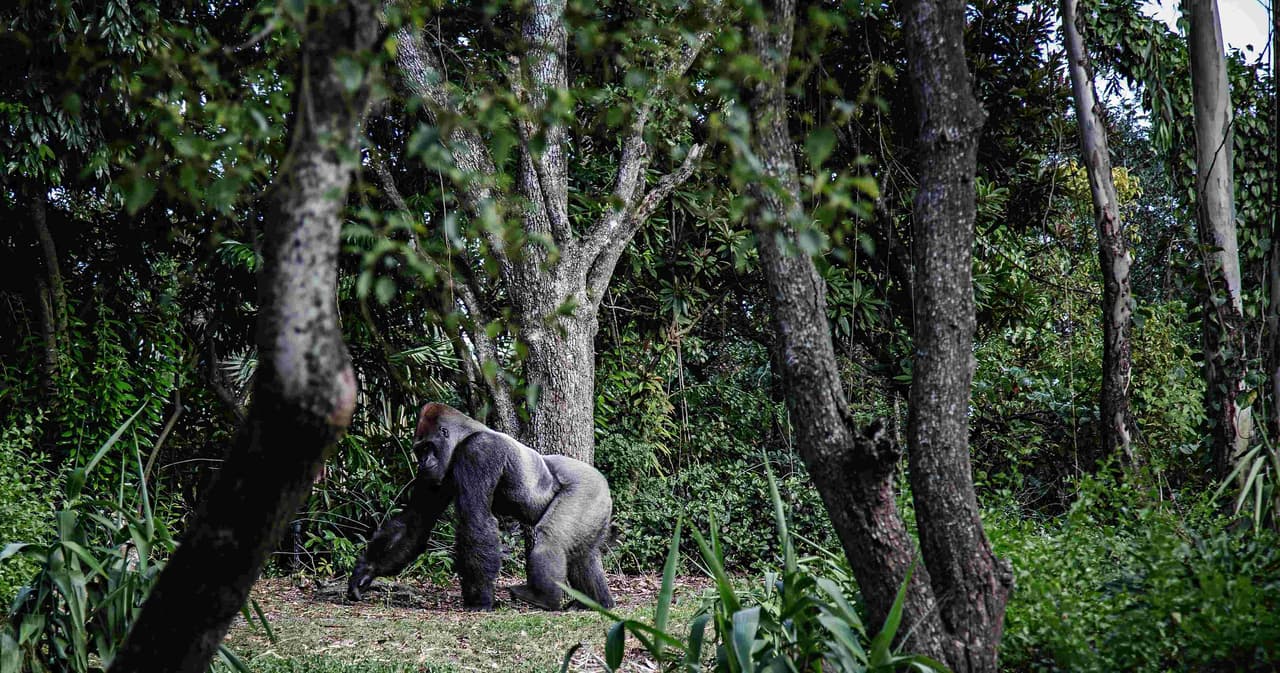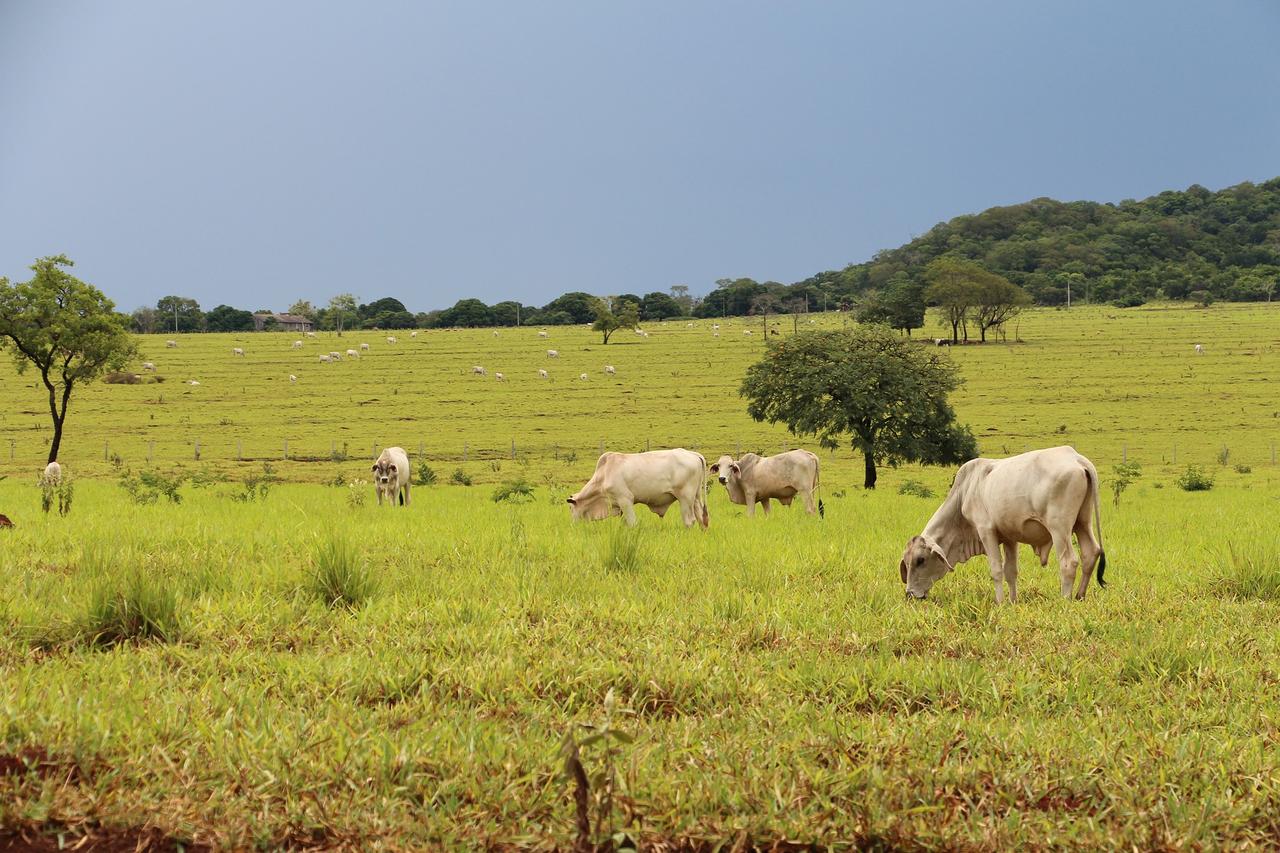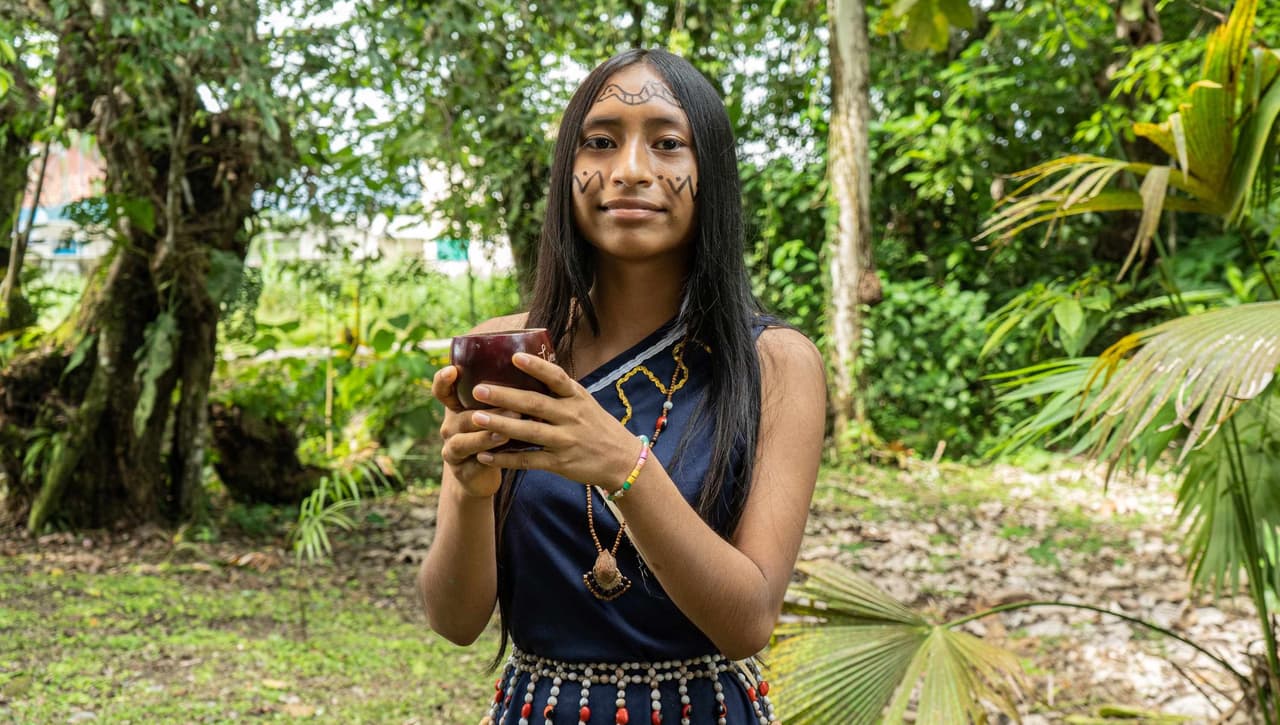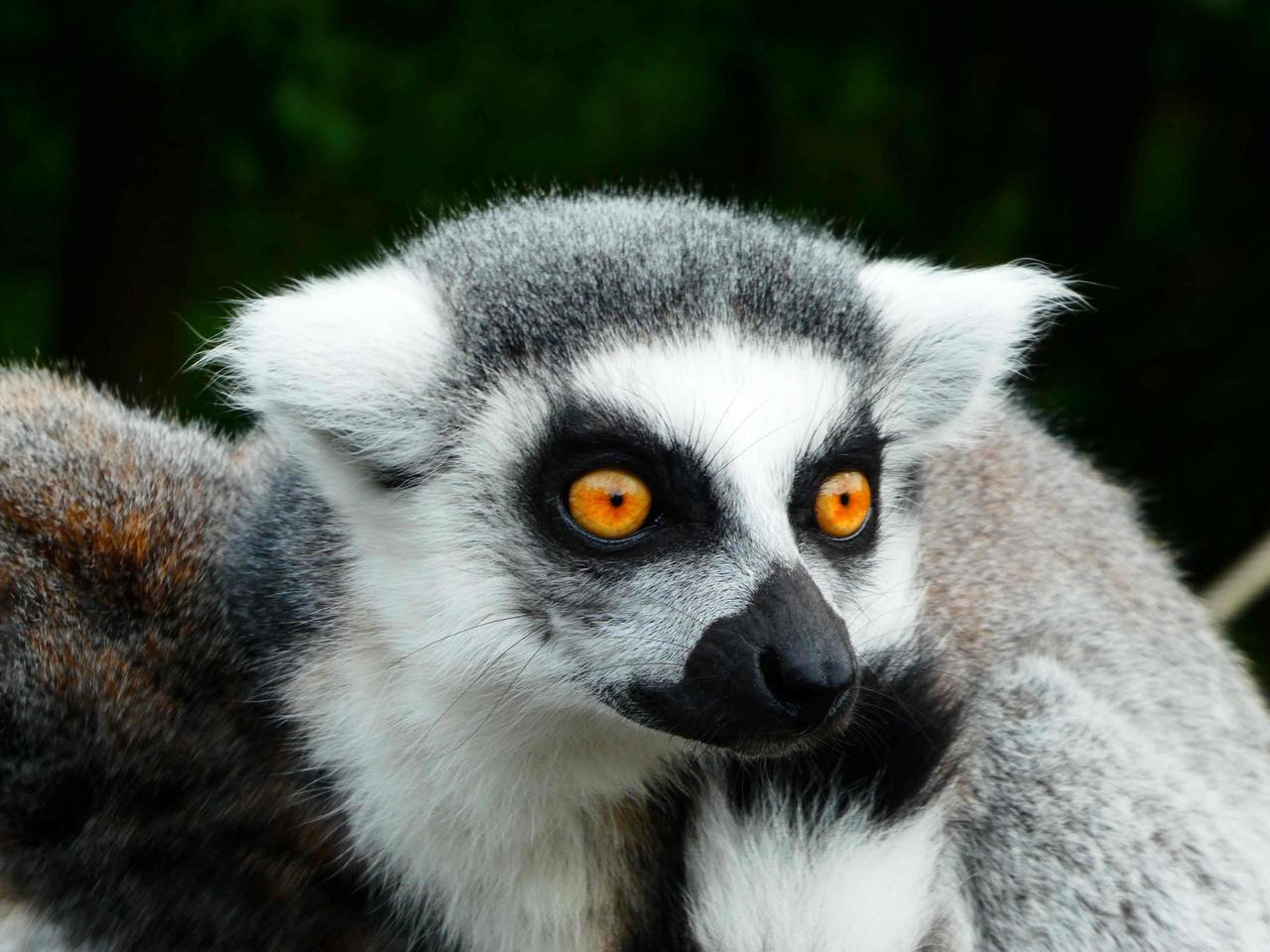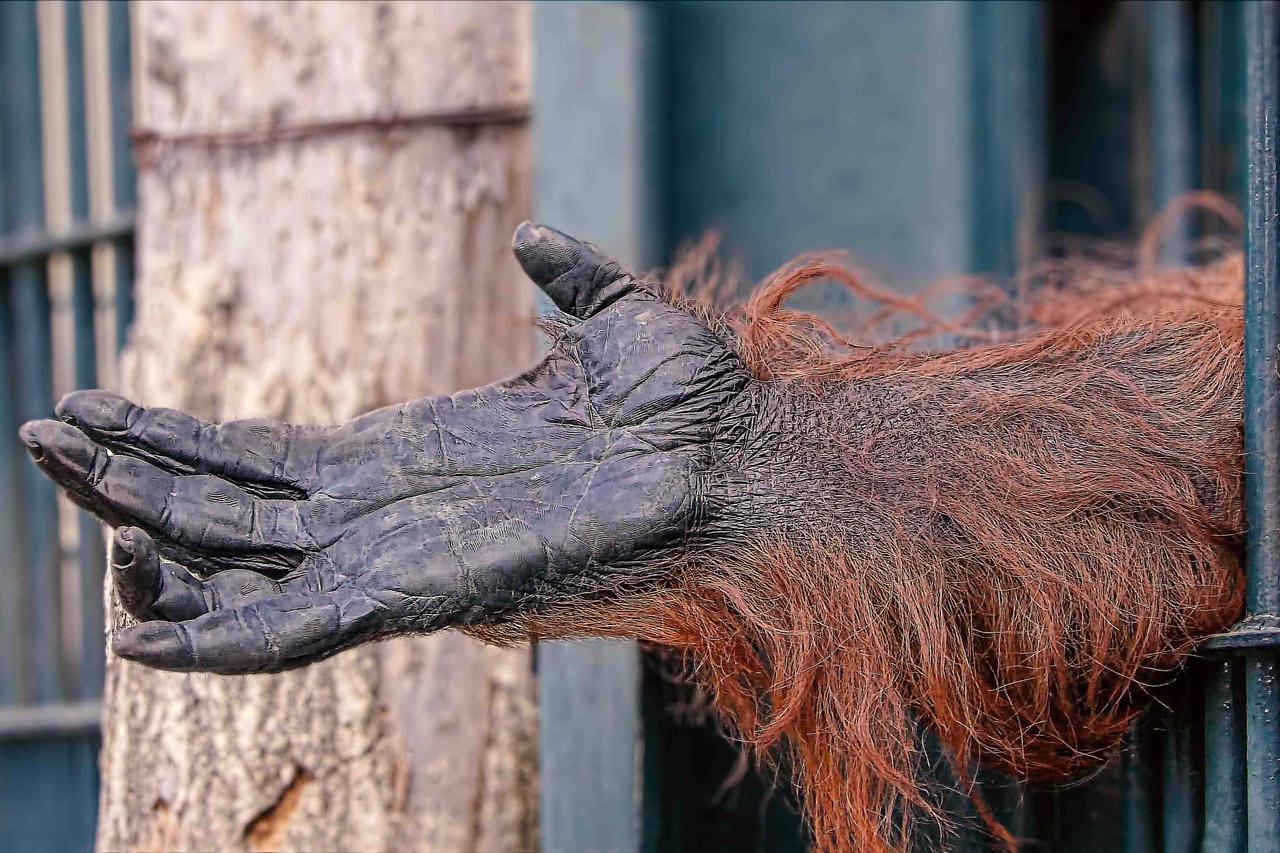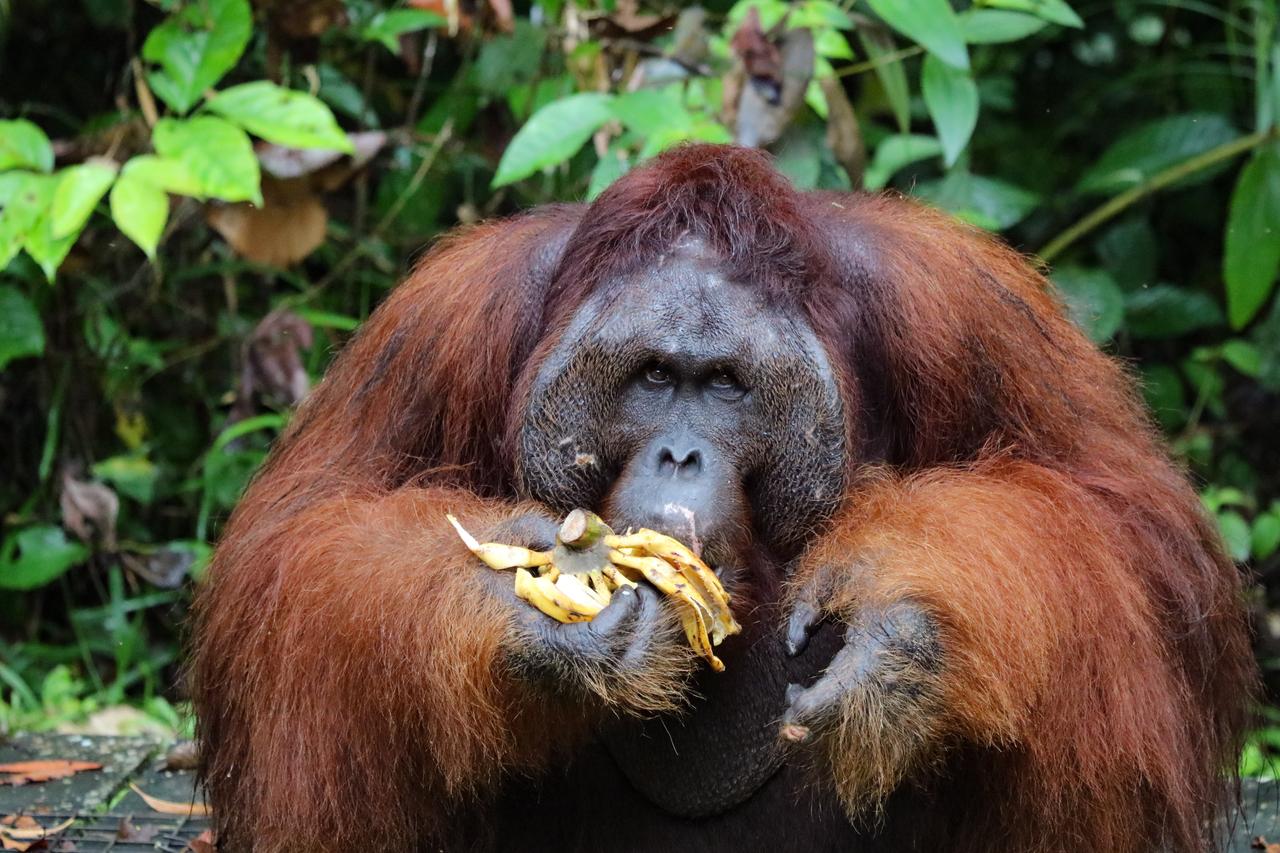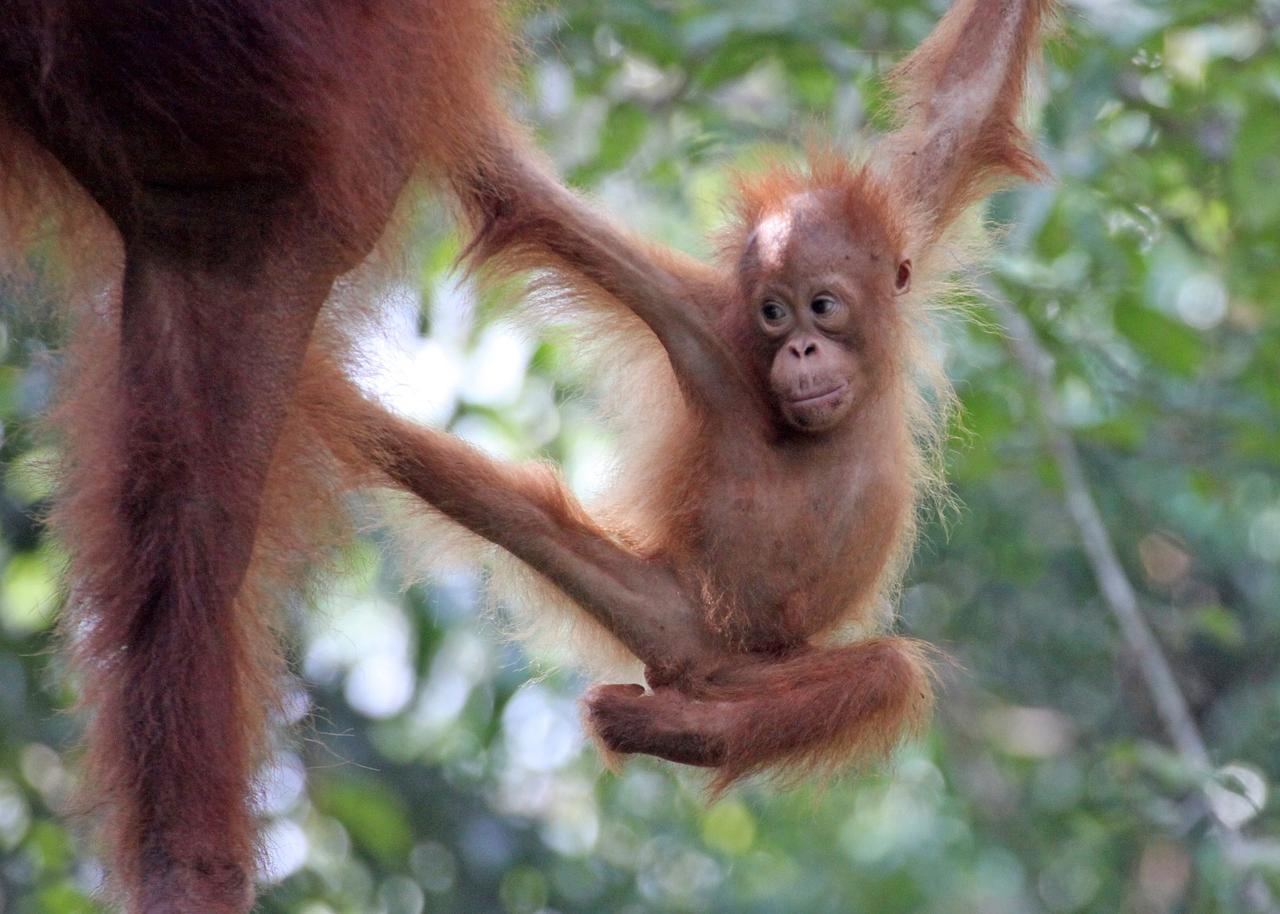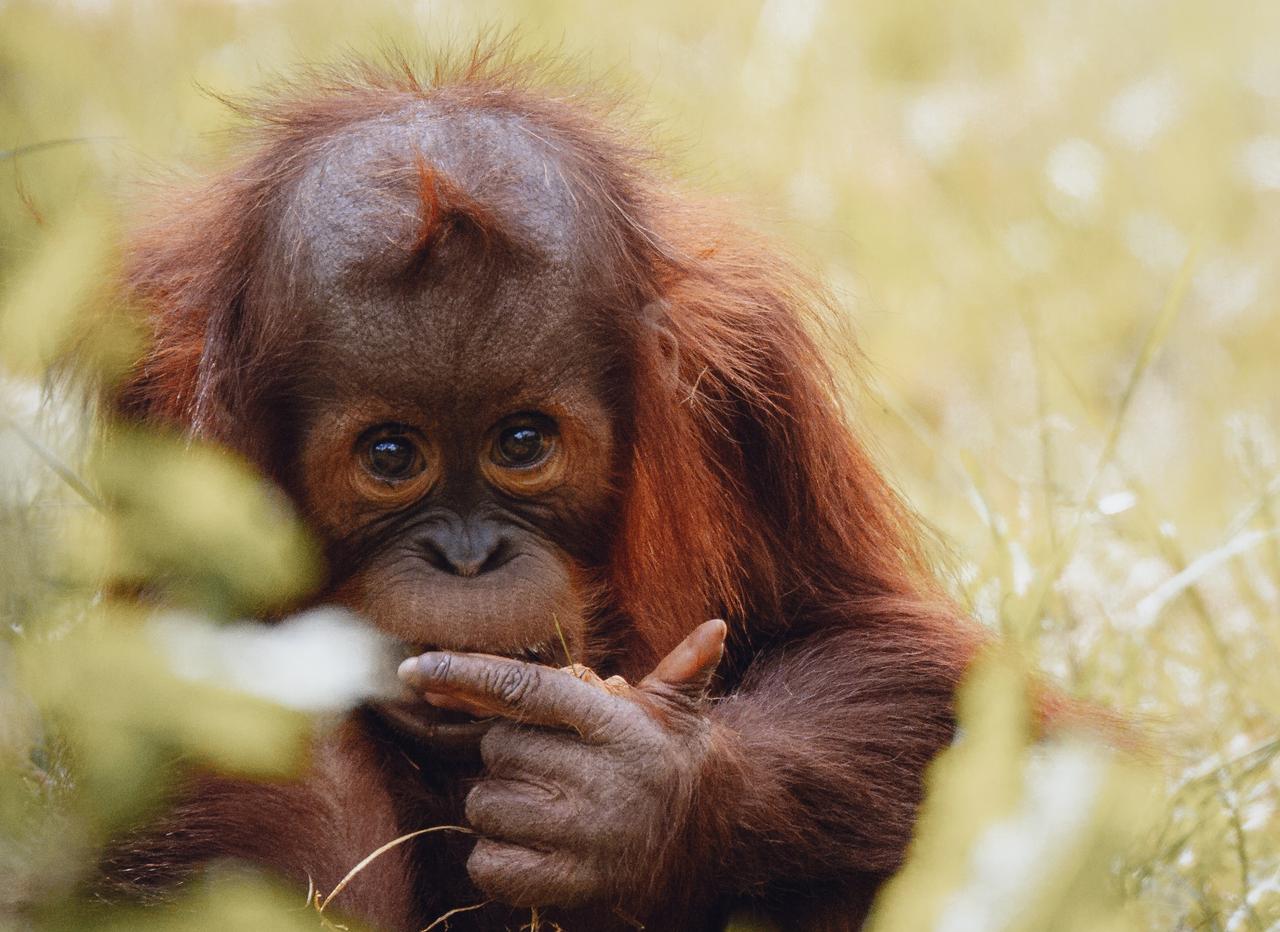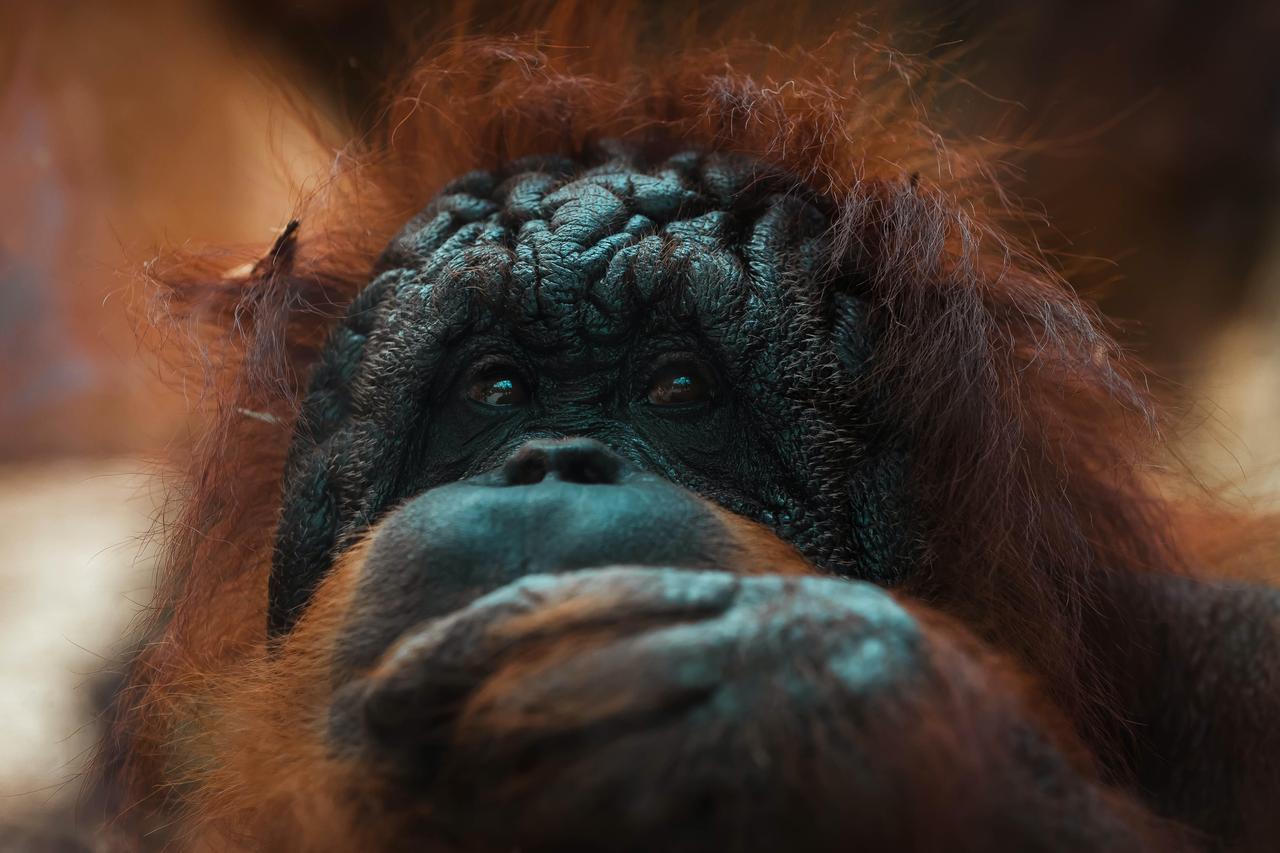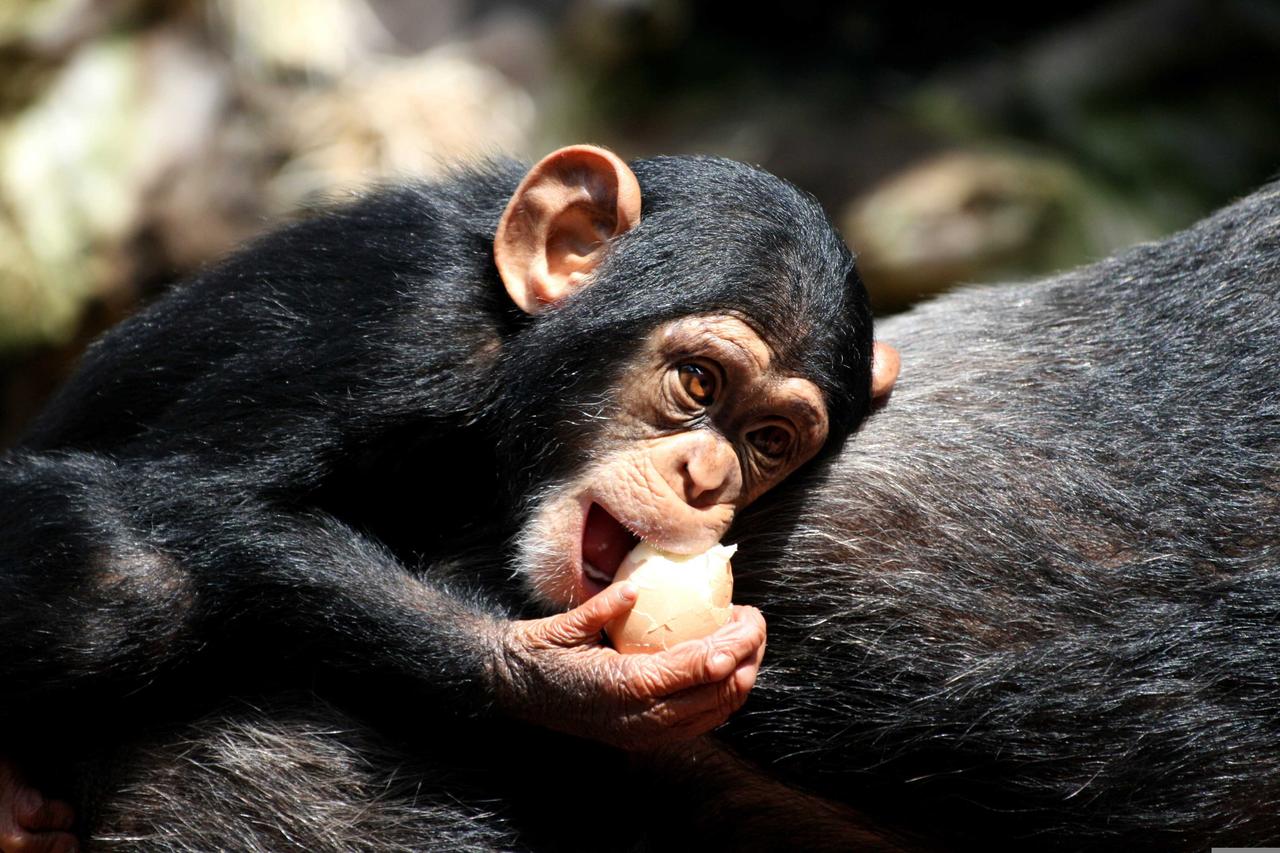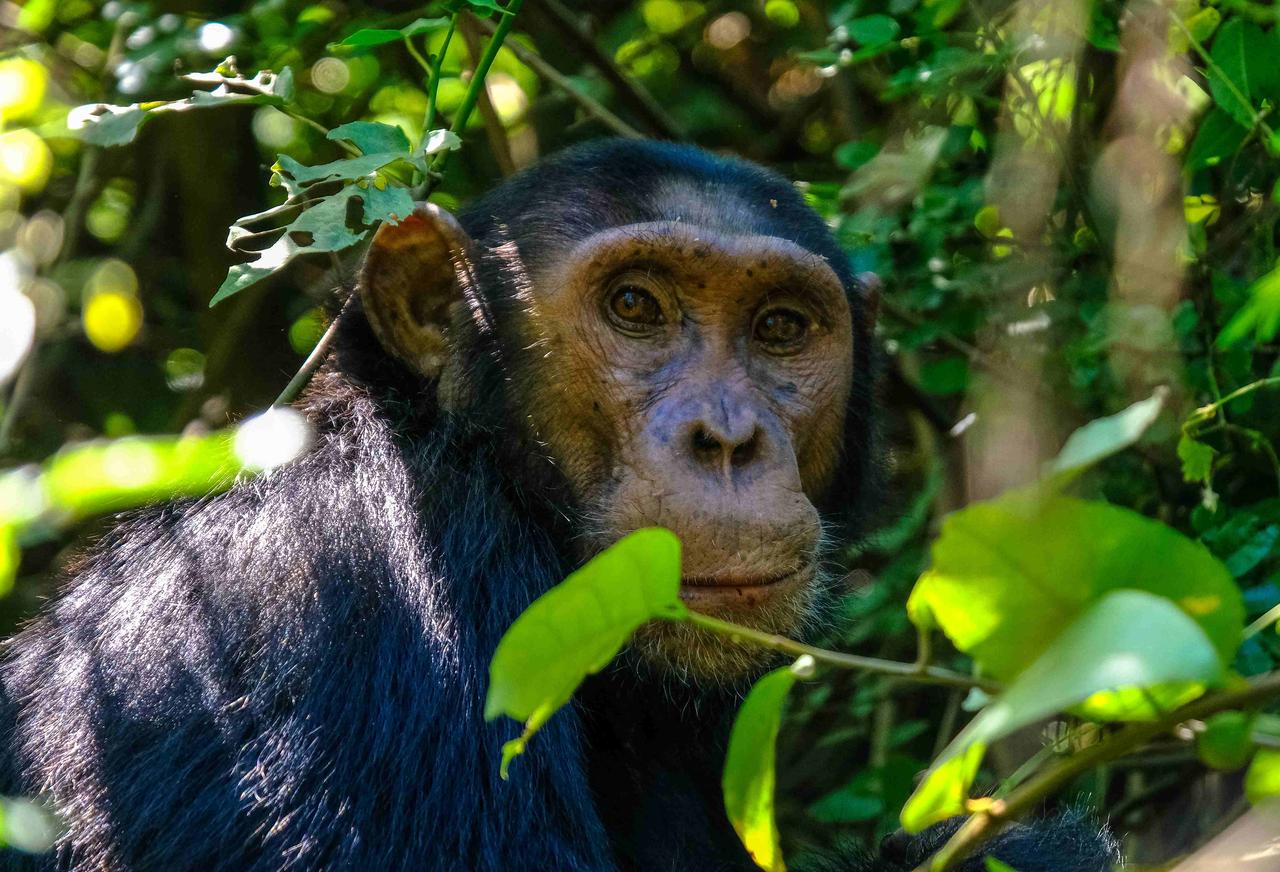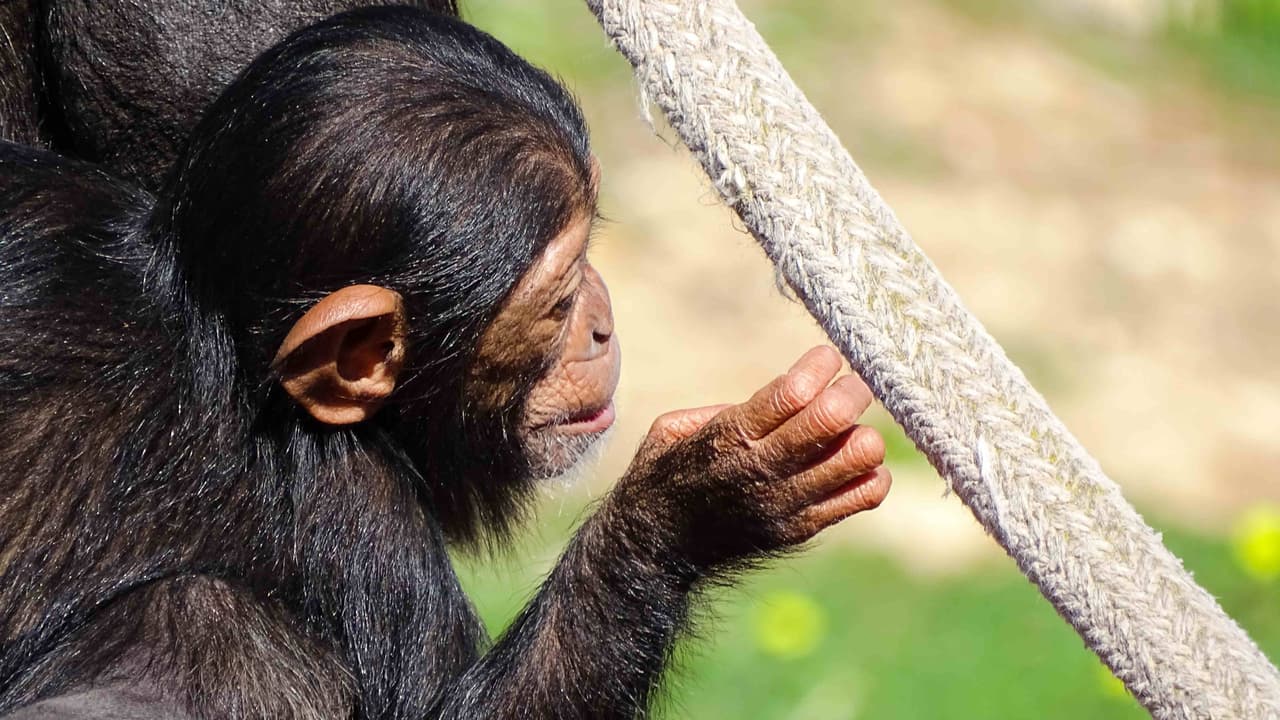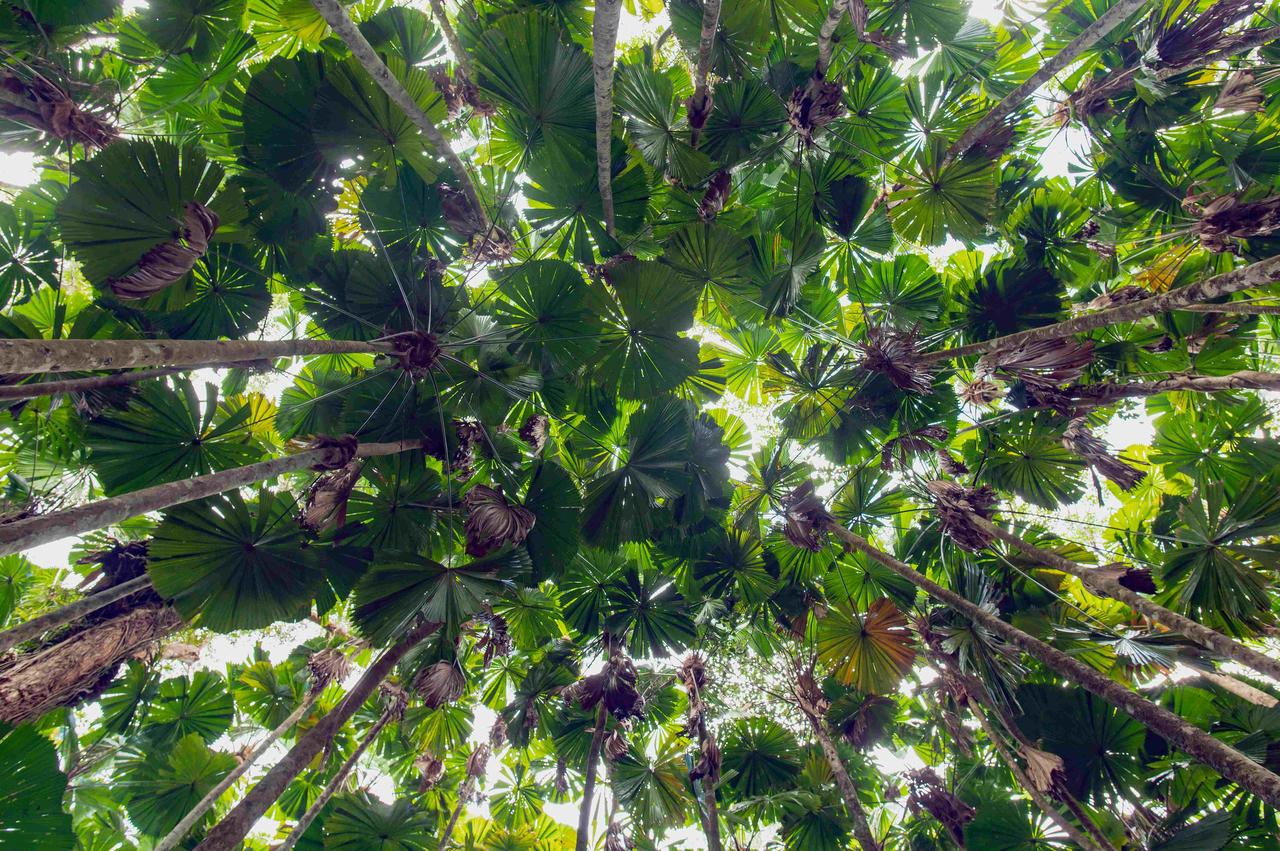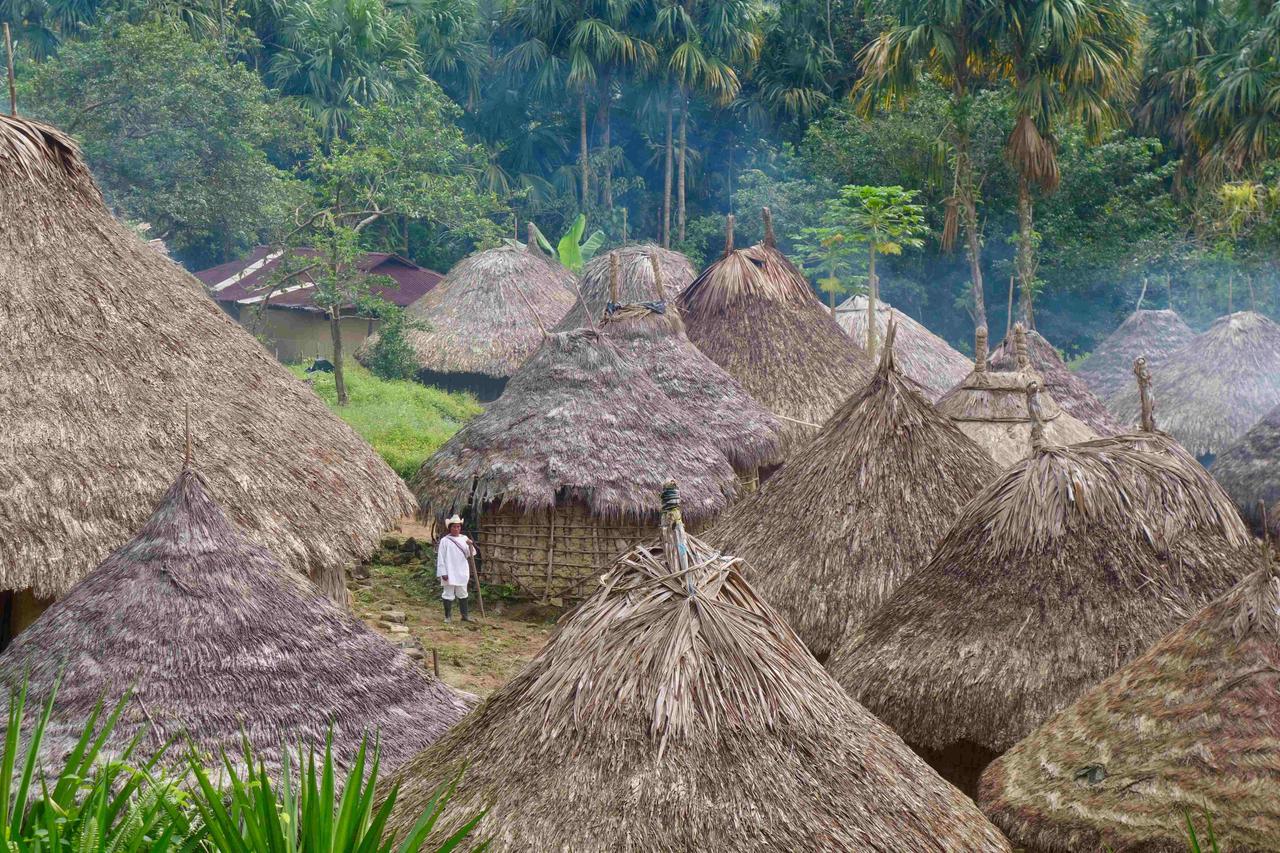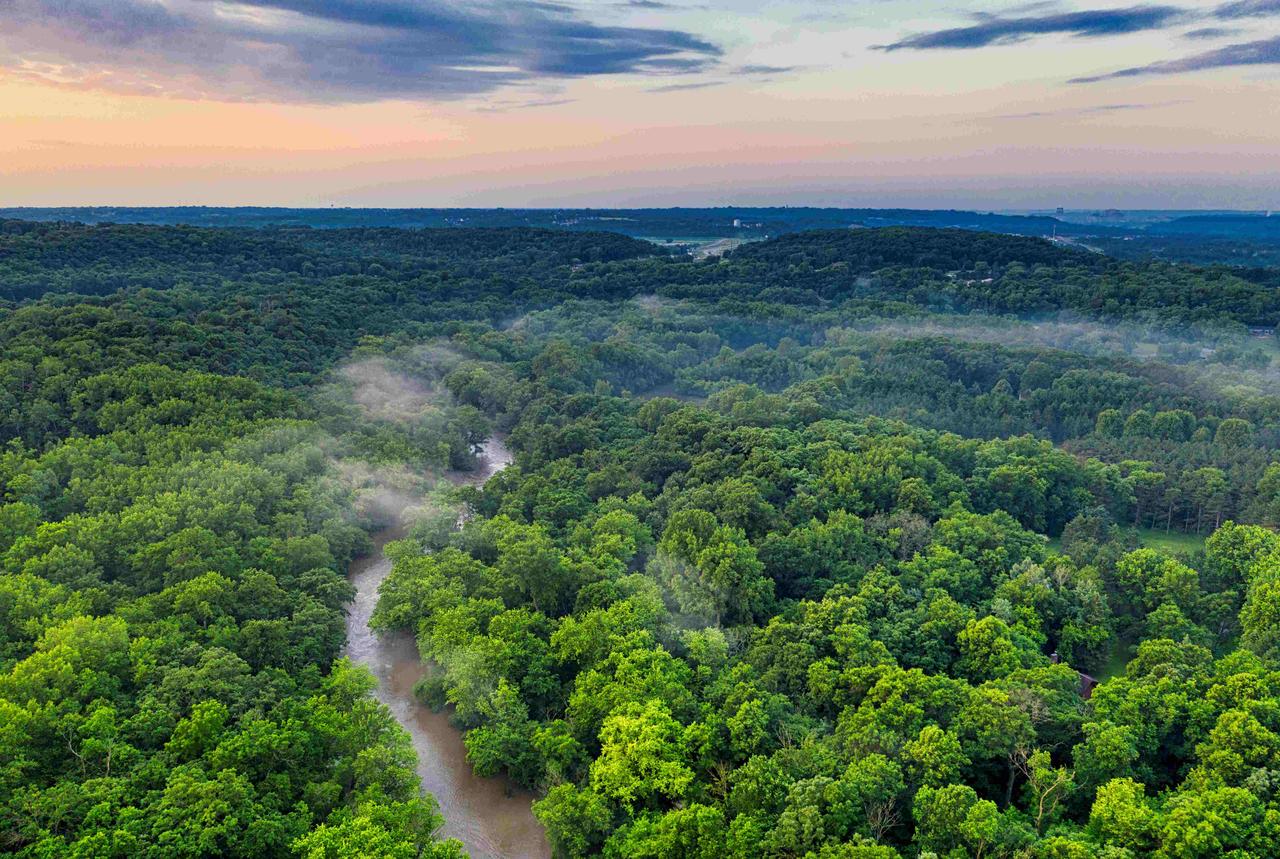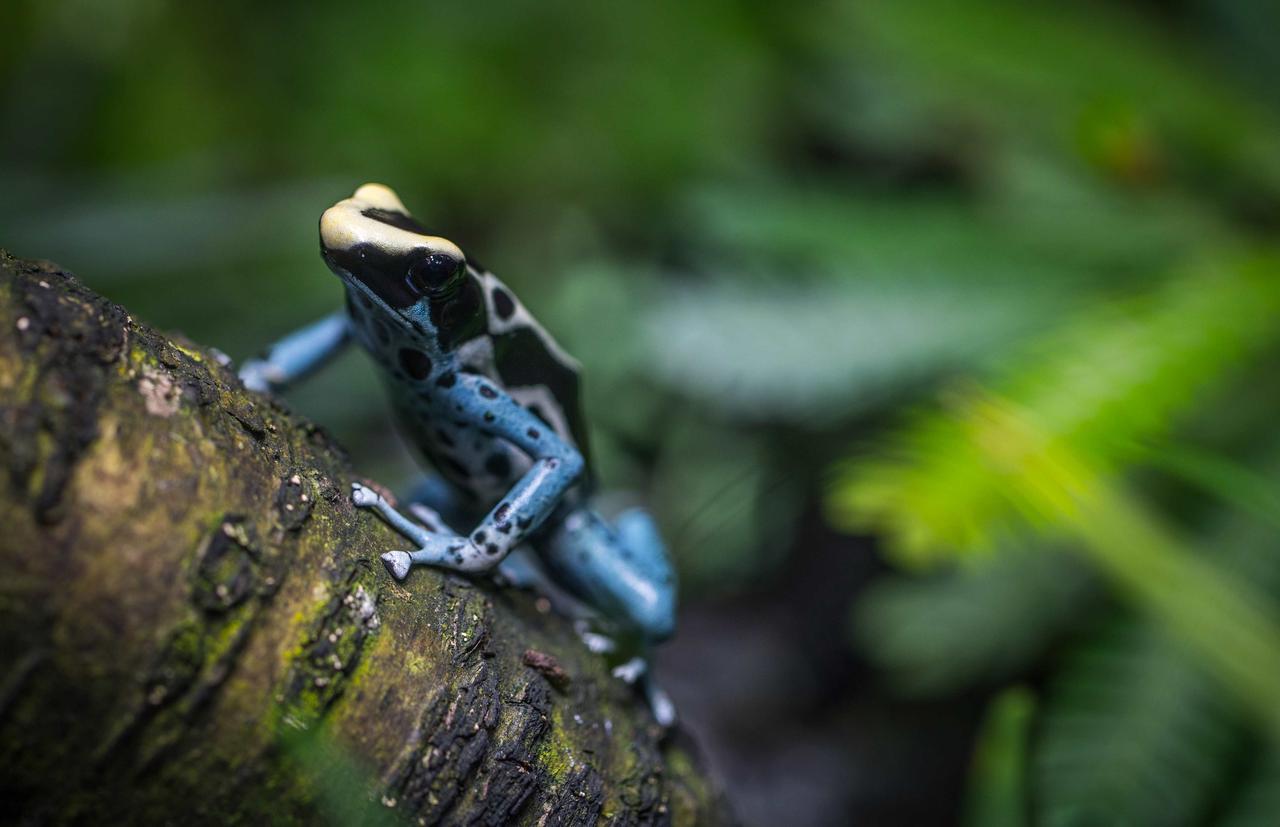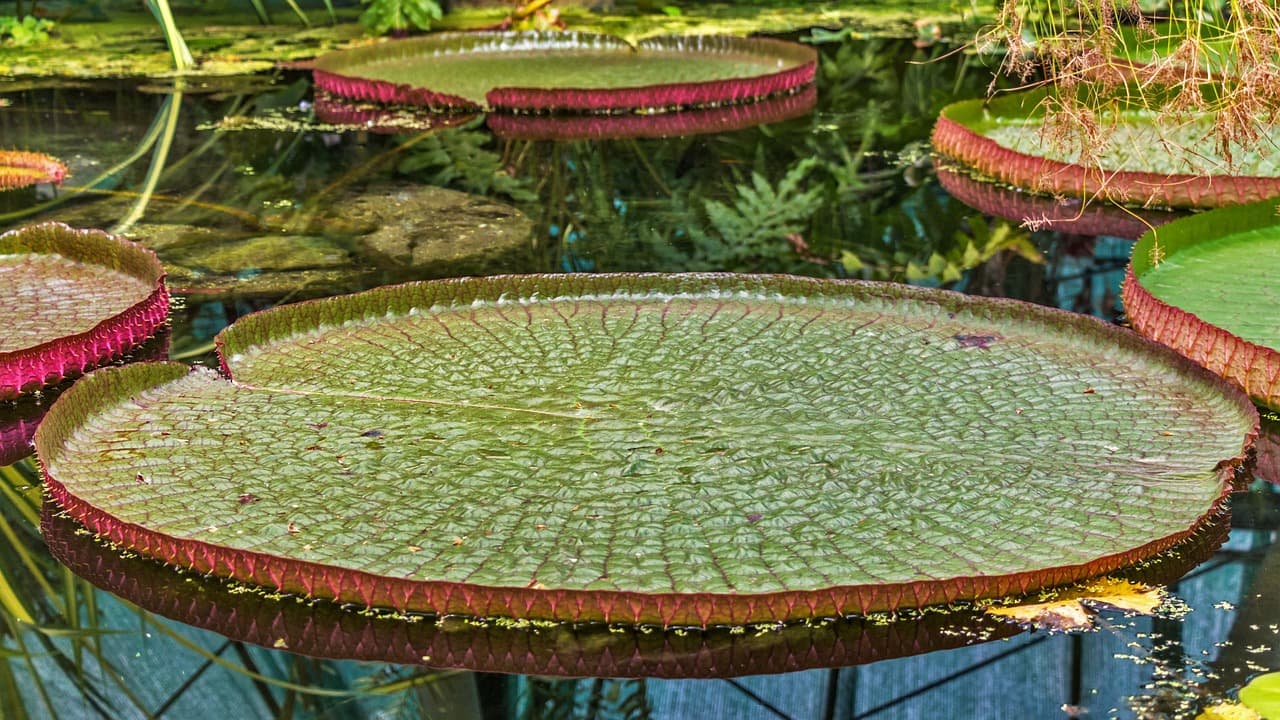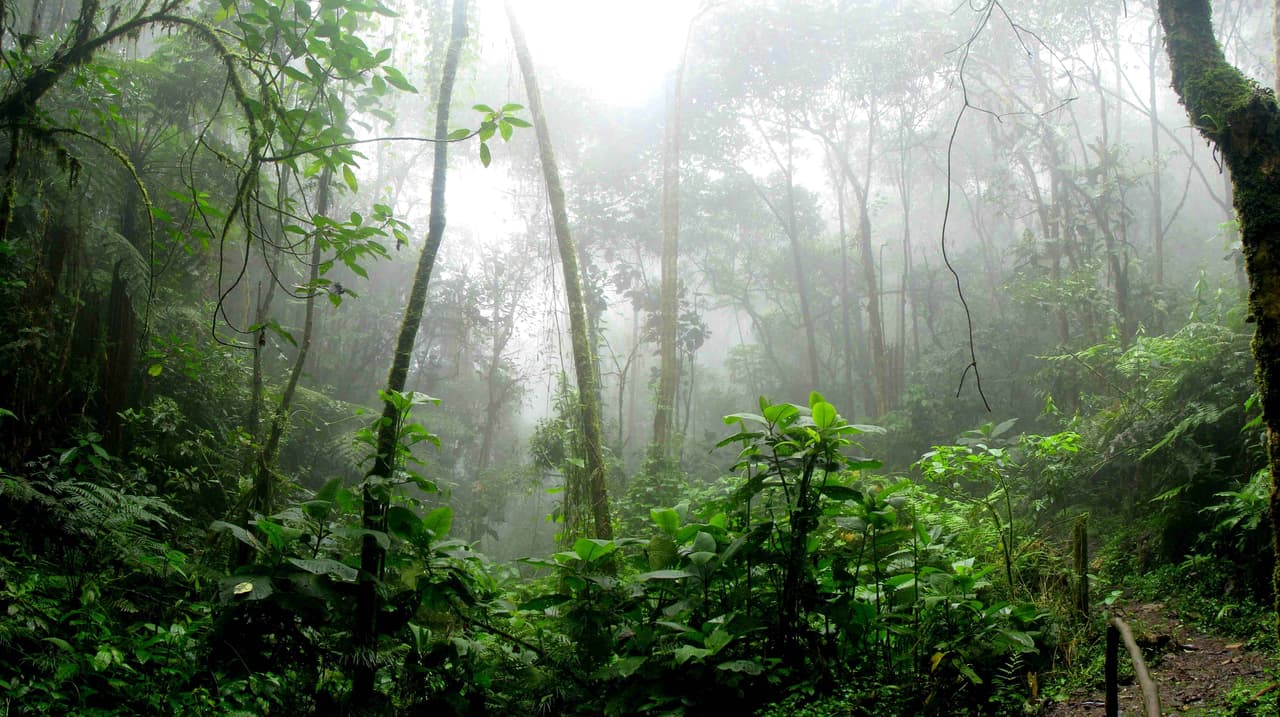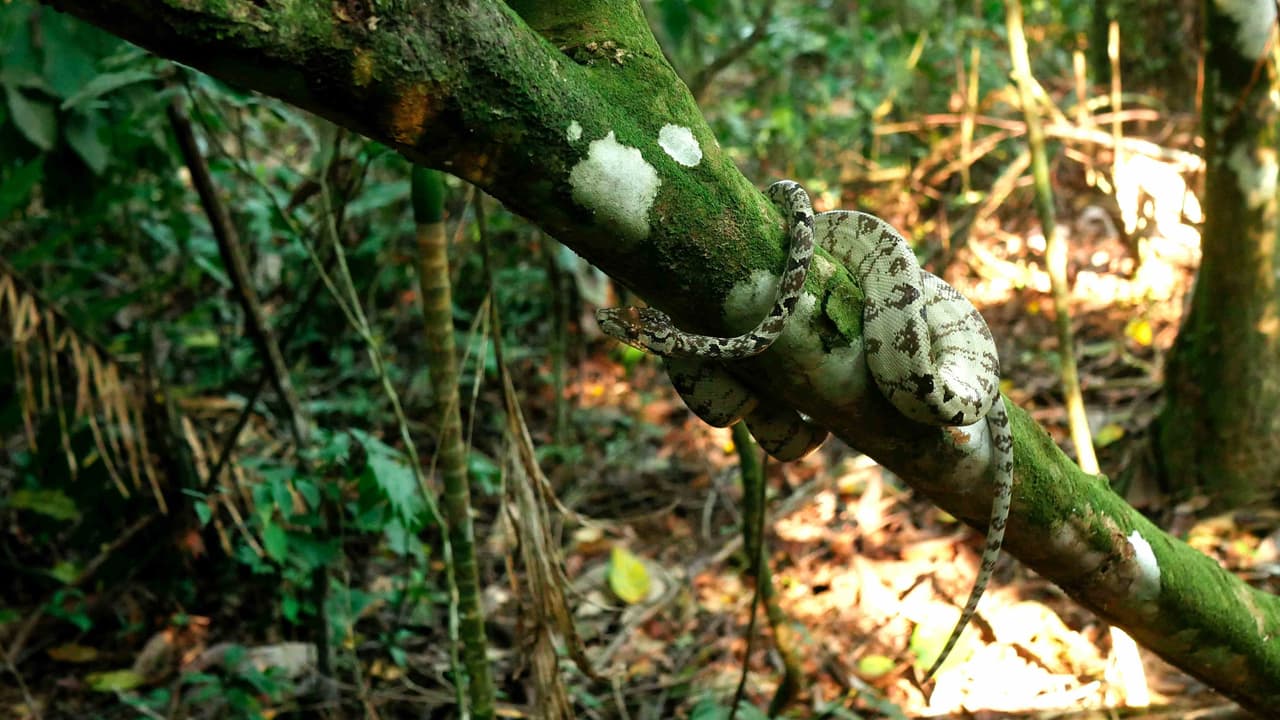
The Amazon is truly amazing — here's five reasons why.
The Amazon rainforest may be located in South America, but it has a far reaching impact across the world. Accounting for 10% of our planet's biodiversity alone, the Amazon rainforest contains extraordinary animals, plants, and trees that (literally) keep both humanity and our planet healthy. The reasons for why the Amazon rainforest is essential are extensive — so here are just five of the most important ones to know on AMAZON RAINFOREST DAY.
A haven for biodiversity
With over 40,000 different plant species and up to 50 million animal species — it's no surprise that the Amazon is one of our greatest sources of biodiversity. Covering 5.5 million square kilometers (2.1 million square miles) the Amazon is just over half the size of the continent of Europe; yet it’s home to one in ten plant and animal species found on Earth. Incredible creatures, such as the Toco Toucan and the elusive Gold Lion Tamarin monkey, can only be found in the Amazon. The Amazon’s plants are special as well, including their Giant Water Lillies, which have inspired real-world structures. Sadly, more than 10,000 species of the Amazon are threatened by extinction.
A natural medicine cabinet
Under the canopies of the Amazon abounds a remarkable array of natural remedies — from contraceptives to treatments to anesthetics — much of which have yet to be discovered. Less than 5% of plants, including some of the Amazon’s 16,000 trees, have been studied for medical purposes. Still, an estimated 25% of the medicine we have today comes from RAINFORESTS — the majority from the Amazon. Steroid cortisones are derived from wild yams in the Amazon; quinine, used to treat malaria, comes from the Amazon's Cinchona trees. 70% of plants used to create cancer medications can only be found in the Amazon.
An Indigenous home
It’s estimated that indigenous people have inhabited the Amazon rainforest for nearly 40,000 years. There are 400 tribes in the Amazon, the most famous being the Yanomamo and Kayapo tribes. The sustainable practices and inherited knowledge of the Amazon people are considered invaluable resources and practices for RAINFOREST protection — many of which have been applied for millennia. Initiatives, like Amazon Sacred Headwaters, illustrate the importance of protecting Indigenous communities to ensure the vitality of the Amazon as a whole.
A far-reaching waterway
The Amazon River spans 6,992 kilometers (4,345 miles) — a distance from New York to Rome — and is responsible for carrying 20% of the world’s fresh water to the ocean. The Amazon contains some 3,000 freshwater fish species, and many more are dependent on the Amazon River as a source of fresh water and refuge. Unfortunately, pollution from deforestation and chemical industries have far-reaching consequences. It is estimated 80% of fish in the Amazon River contain plastic, and much of the plastic waste generated in the Amazon reaches the ocean.
A climate change fighter
390 billion trees (over 20% of the trees on the planet) in the Amazon rainforest work together to filter carbon, helping to mitigate the human-caused effects of climate change, through their natural process of photosynthesis. The Amazon rainforest filters an impressive 2 billion tons of carbon dioxide per year. Sadly, due to heavy rates of deforestation, parts of the Amazon are now emitting more carbon than they had originally stored.
The facts are clear — the Amazon rainforest truly is a wondrous place. But because of human activity, it is vulnerable, its future uncertain. But with VAKOVAKO, you can make a difference, supporting those organizations on the frontline of conservation. Give back to the RAINFORESTS on AMAZON RAINFOREST DAY.
